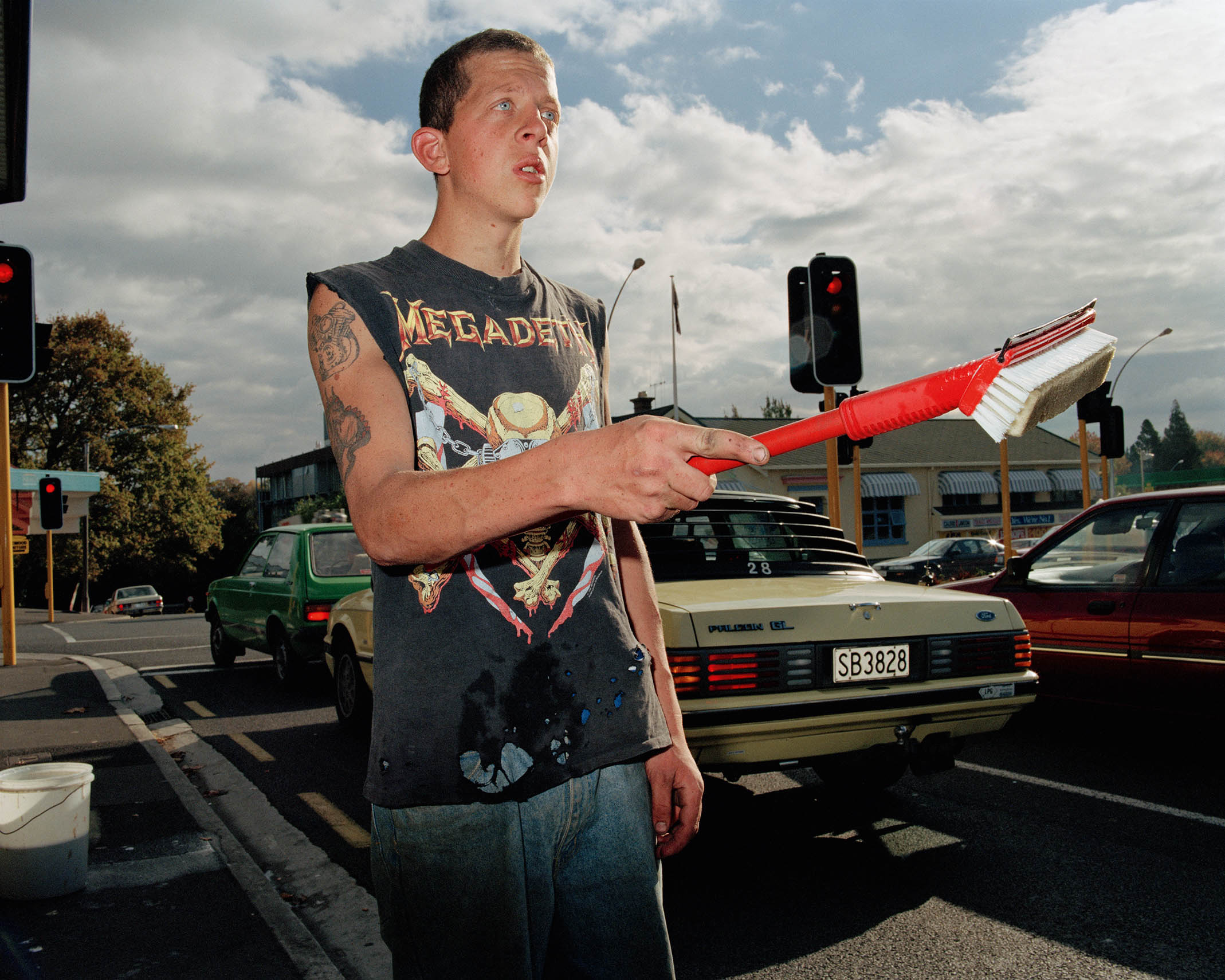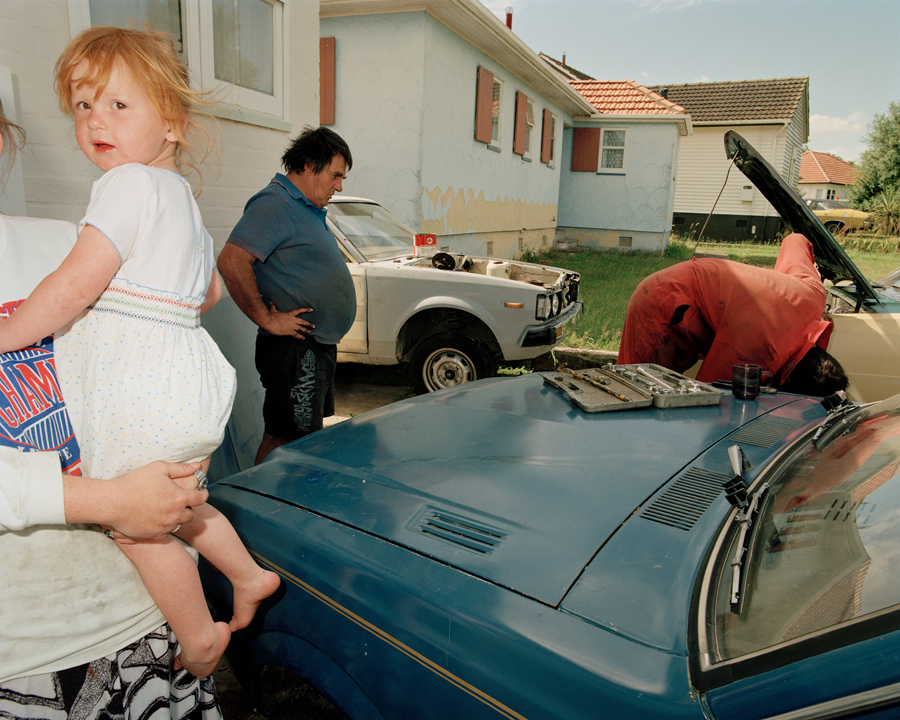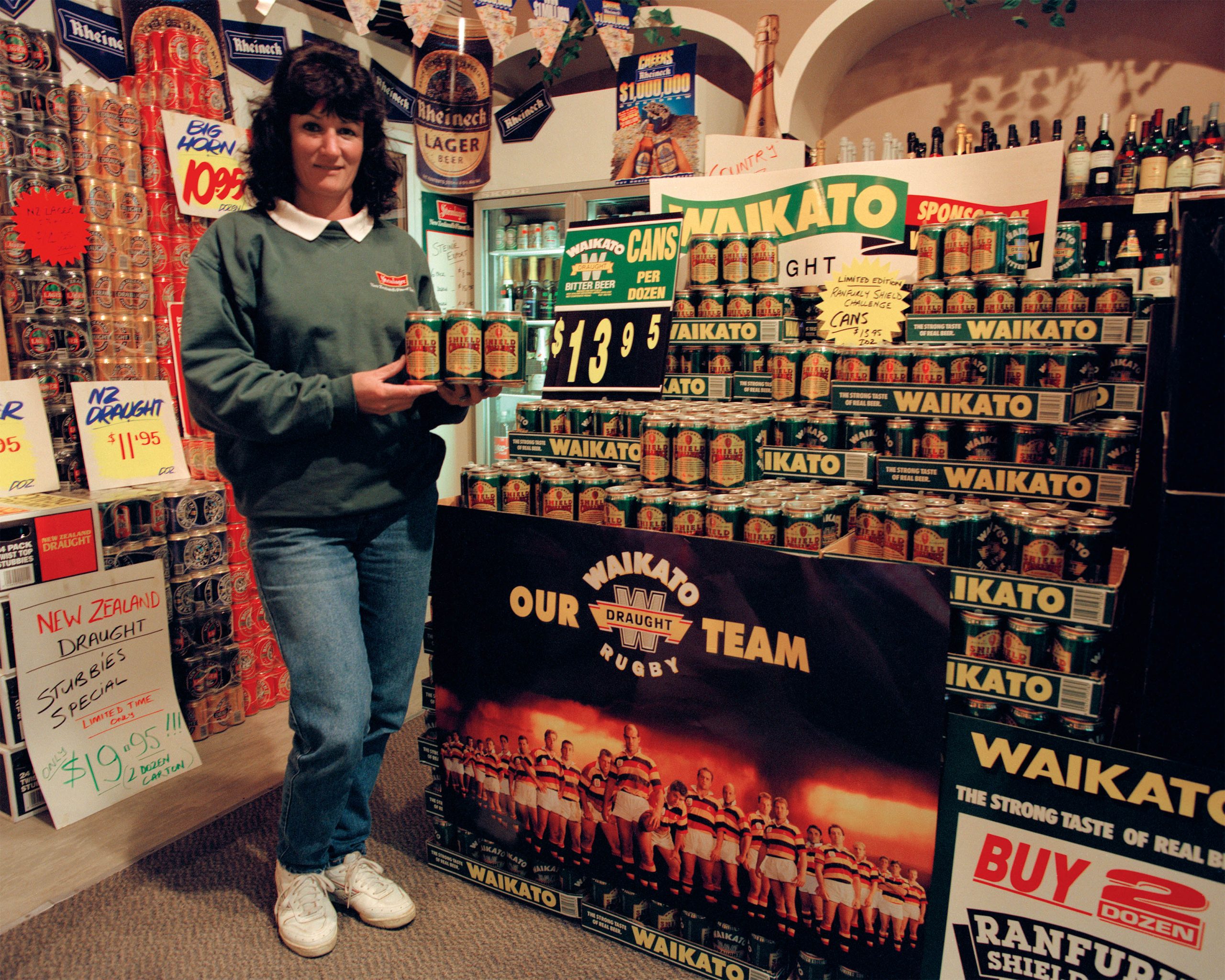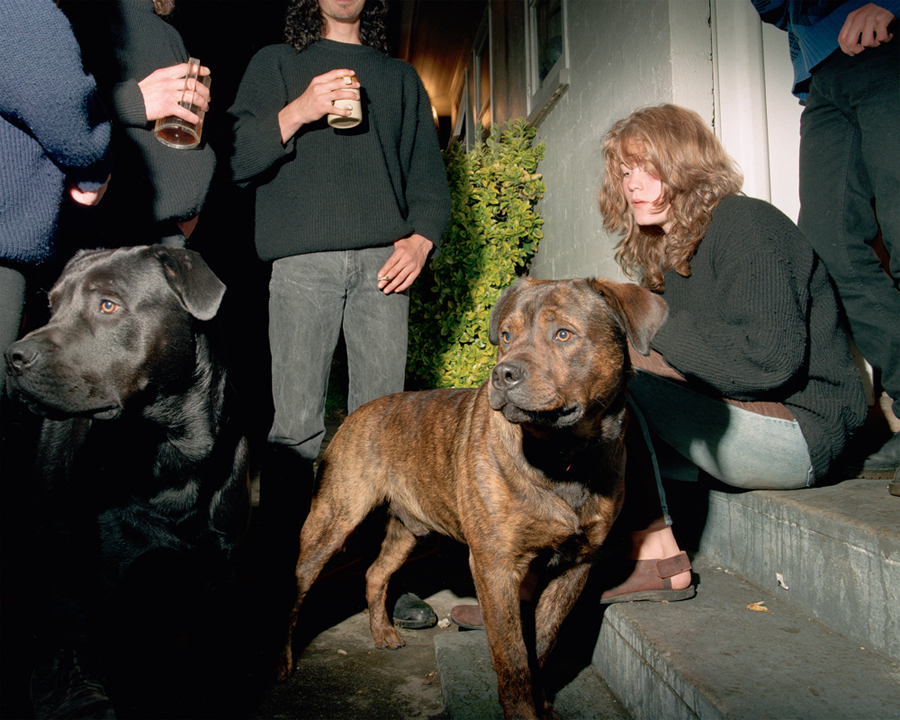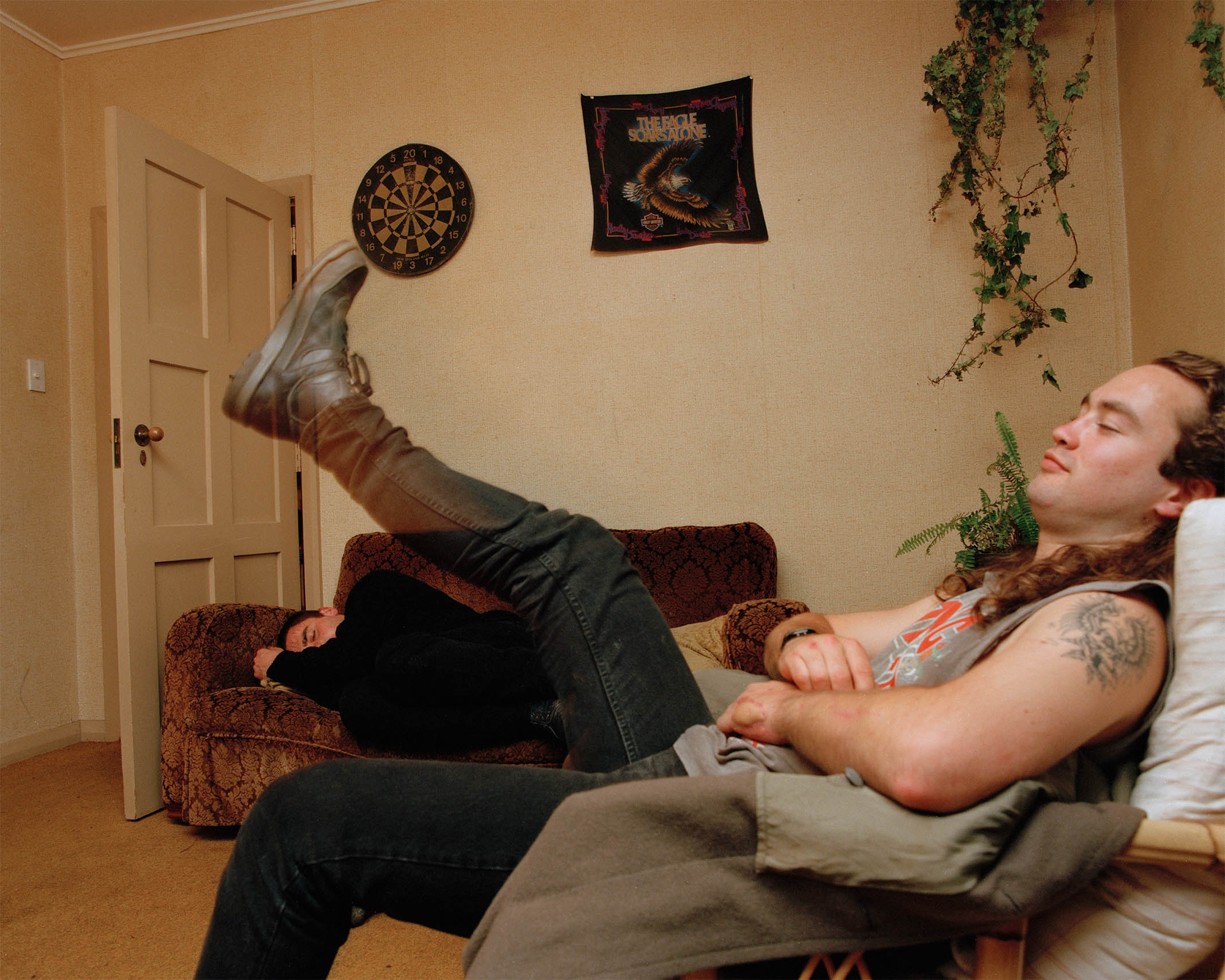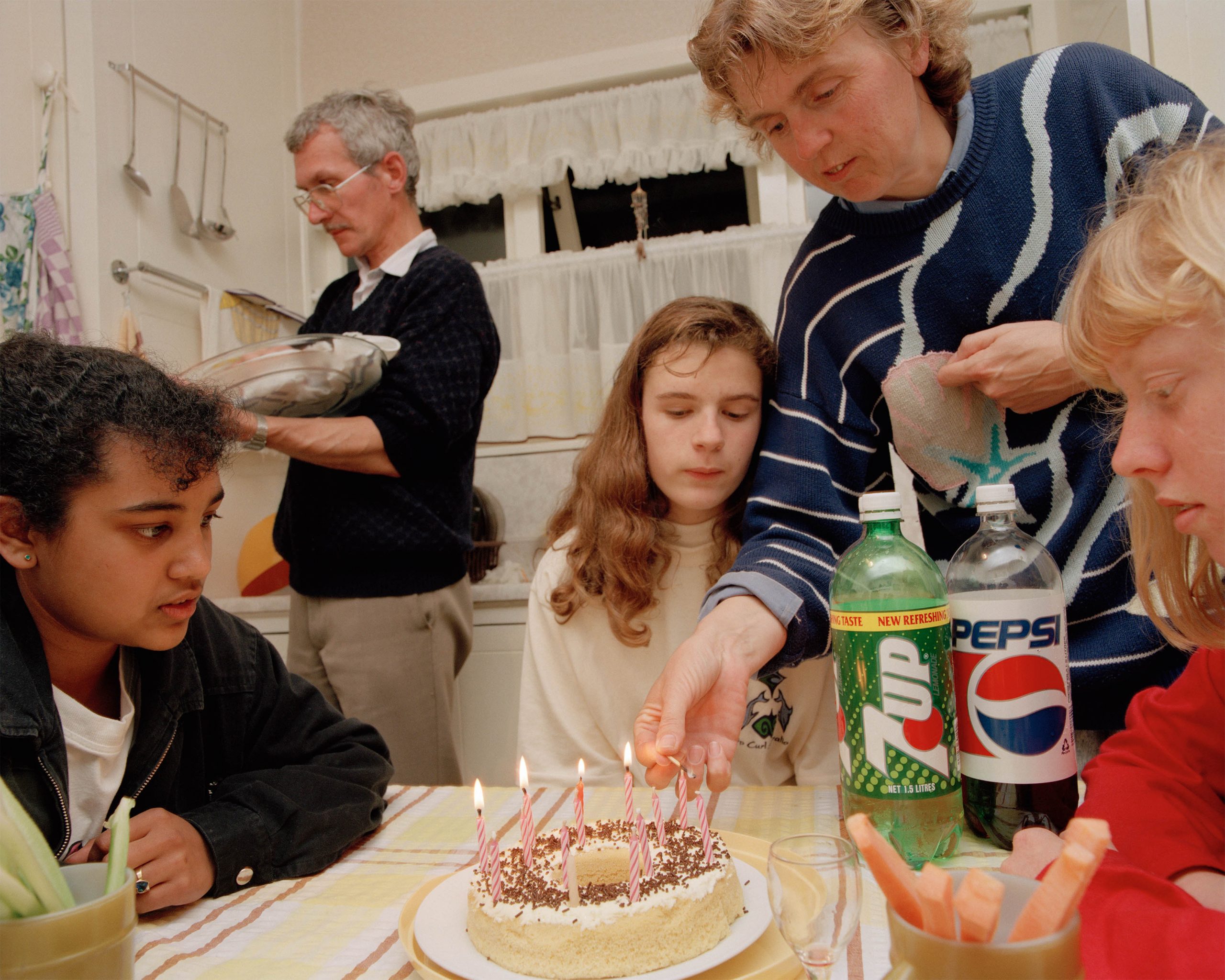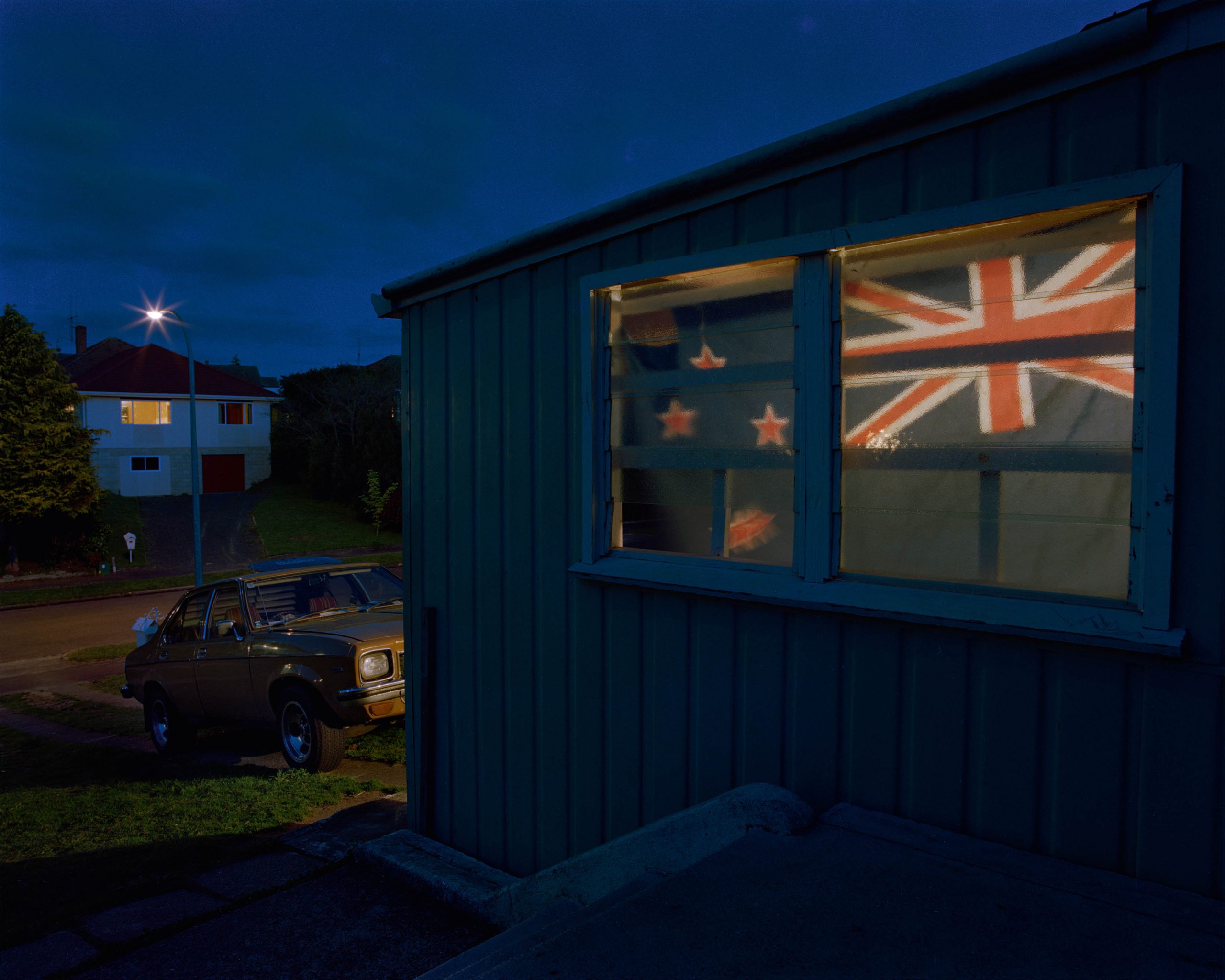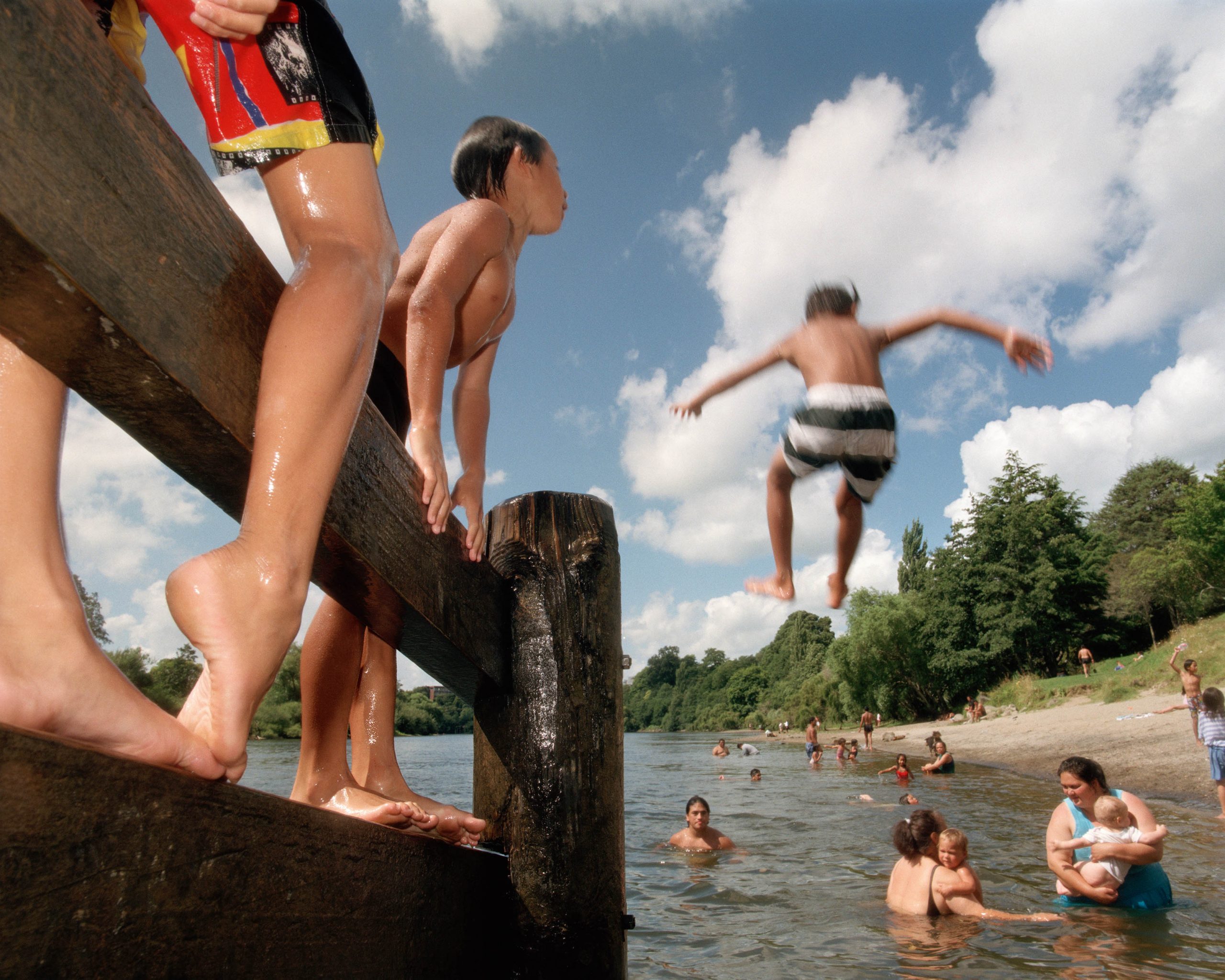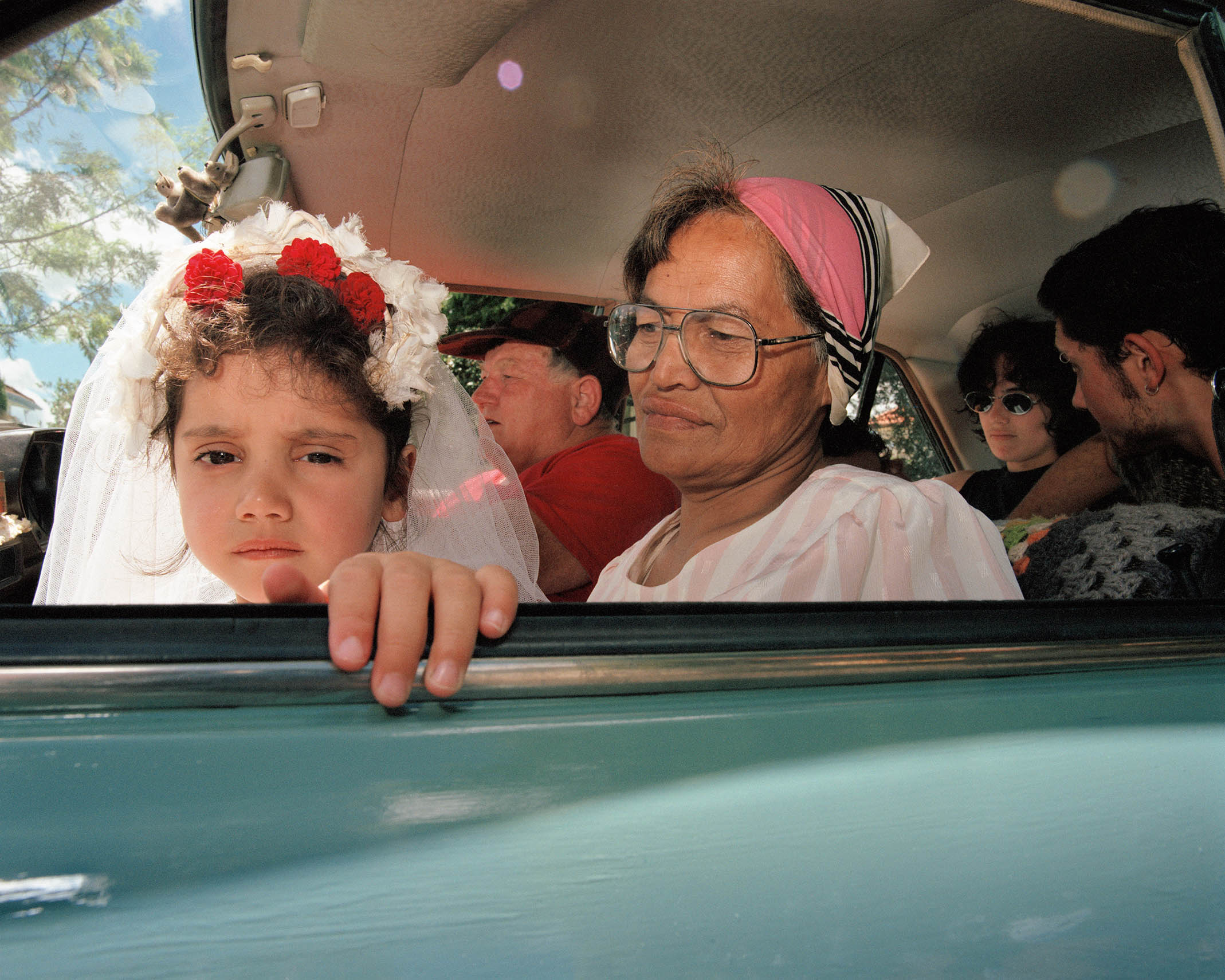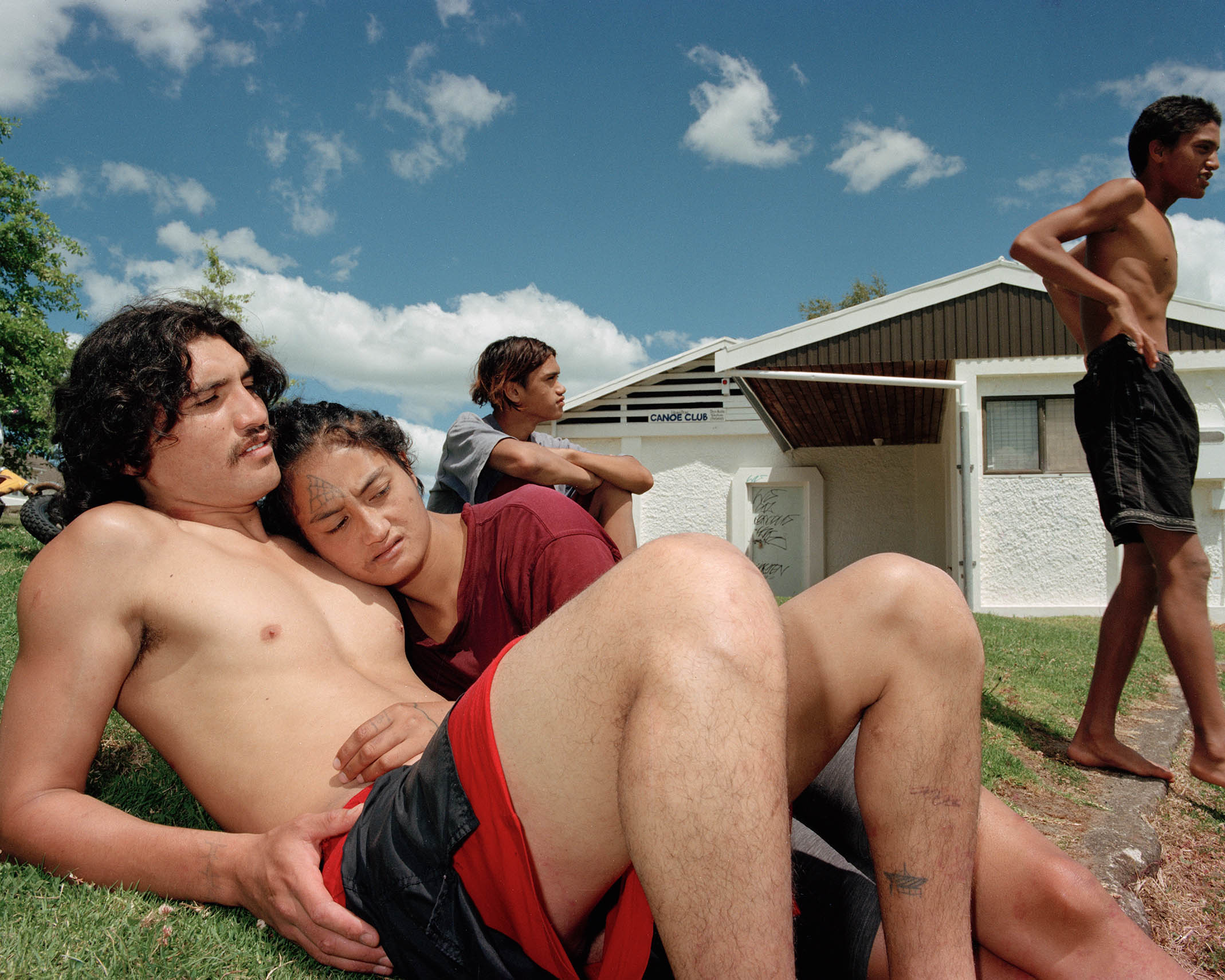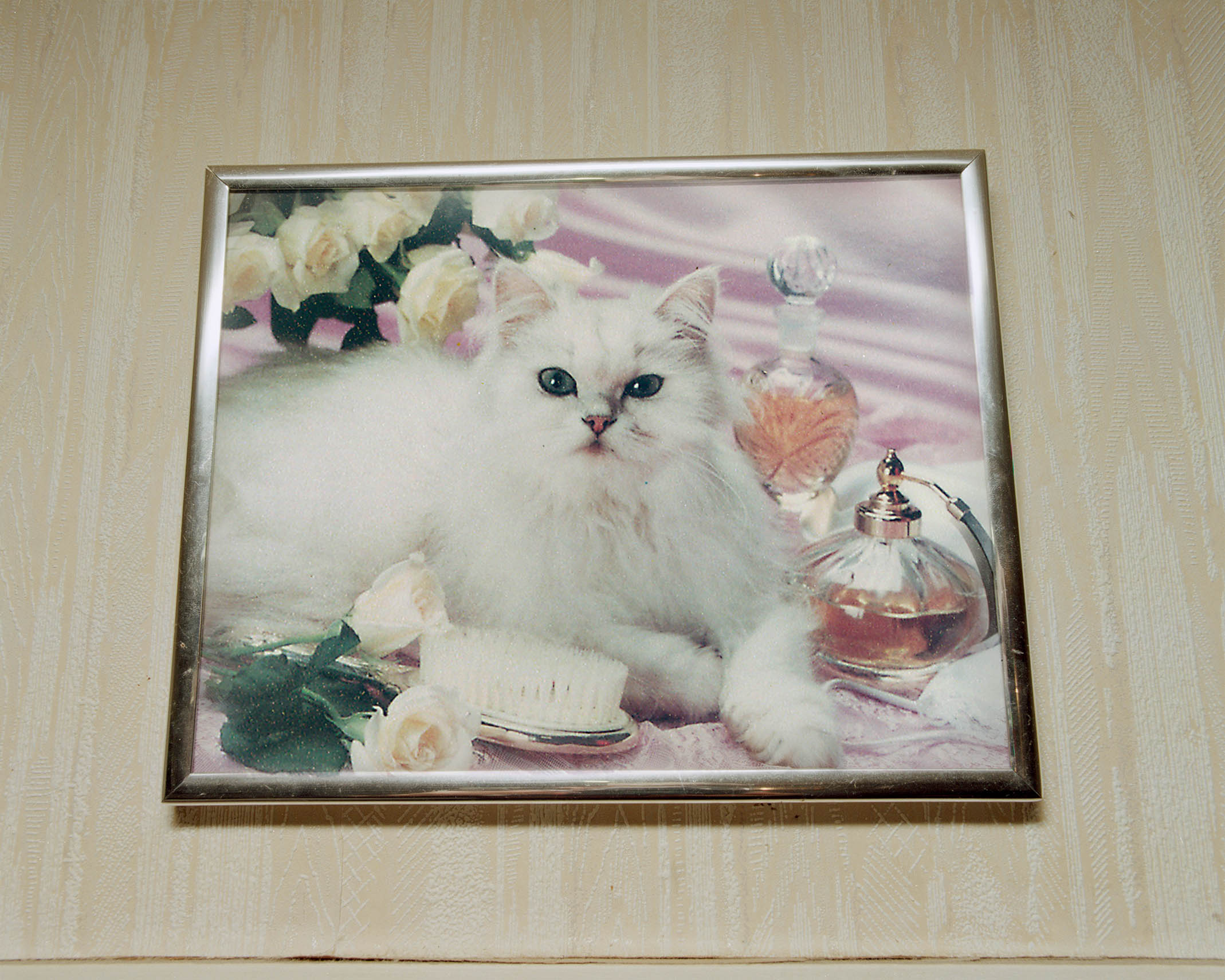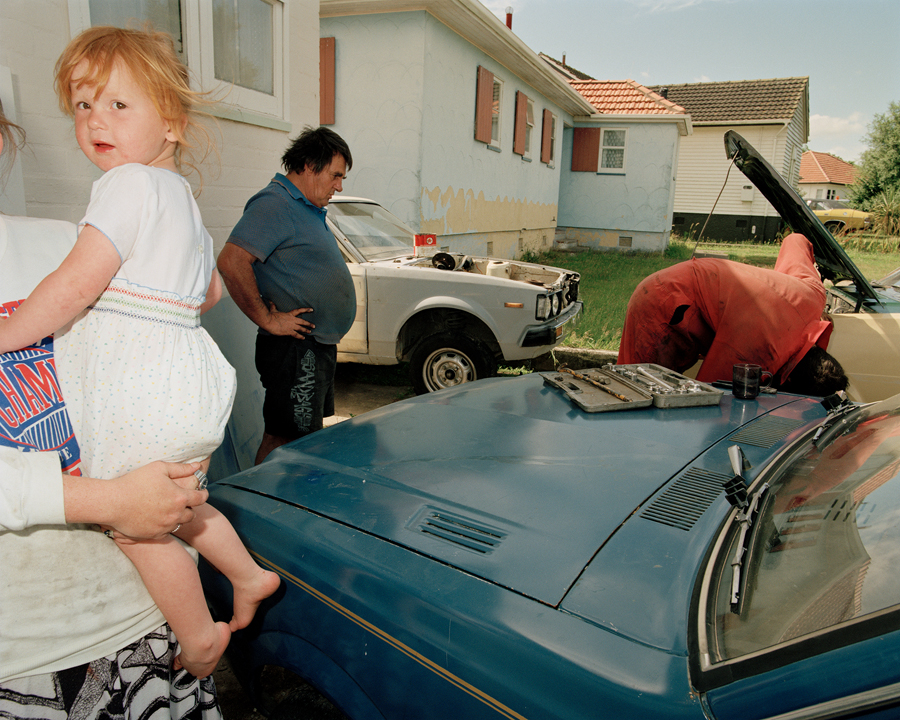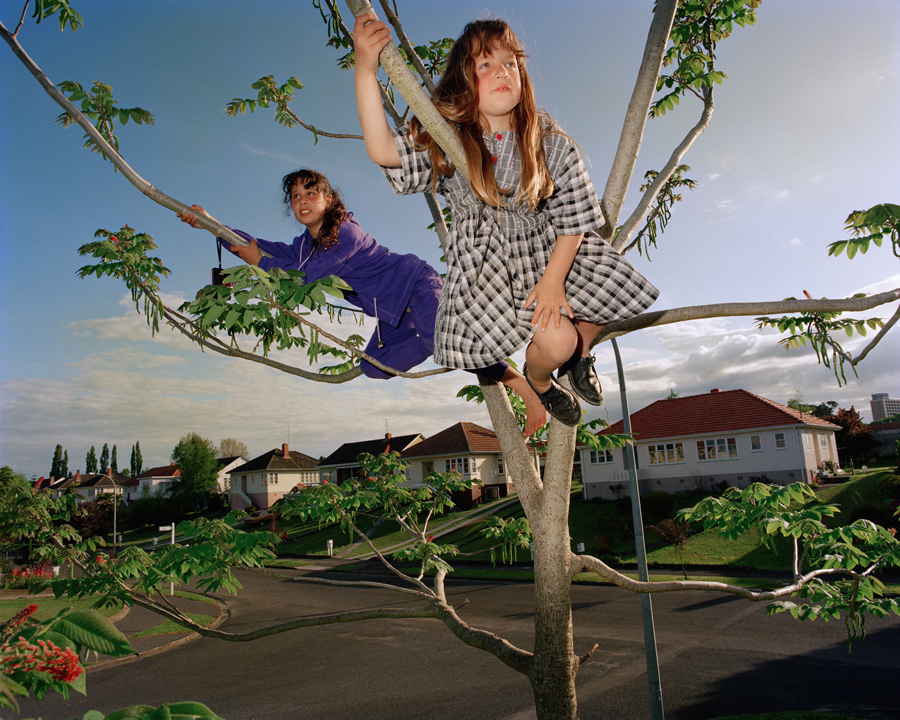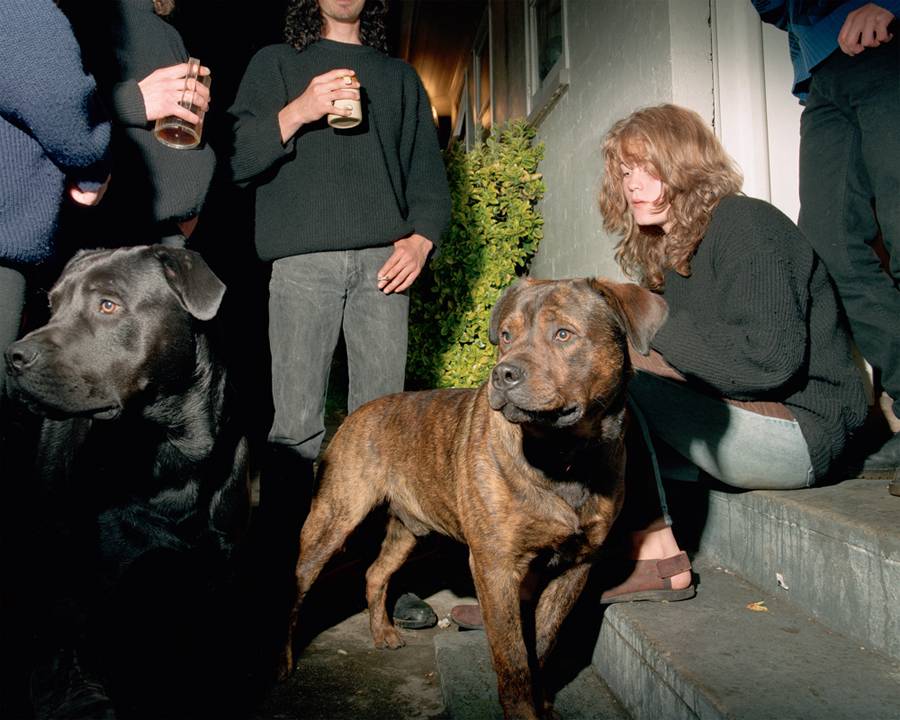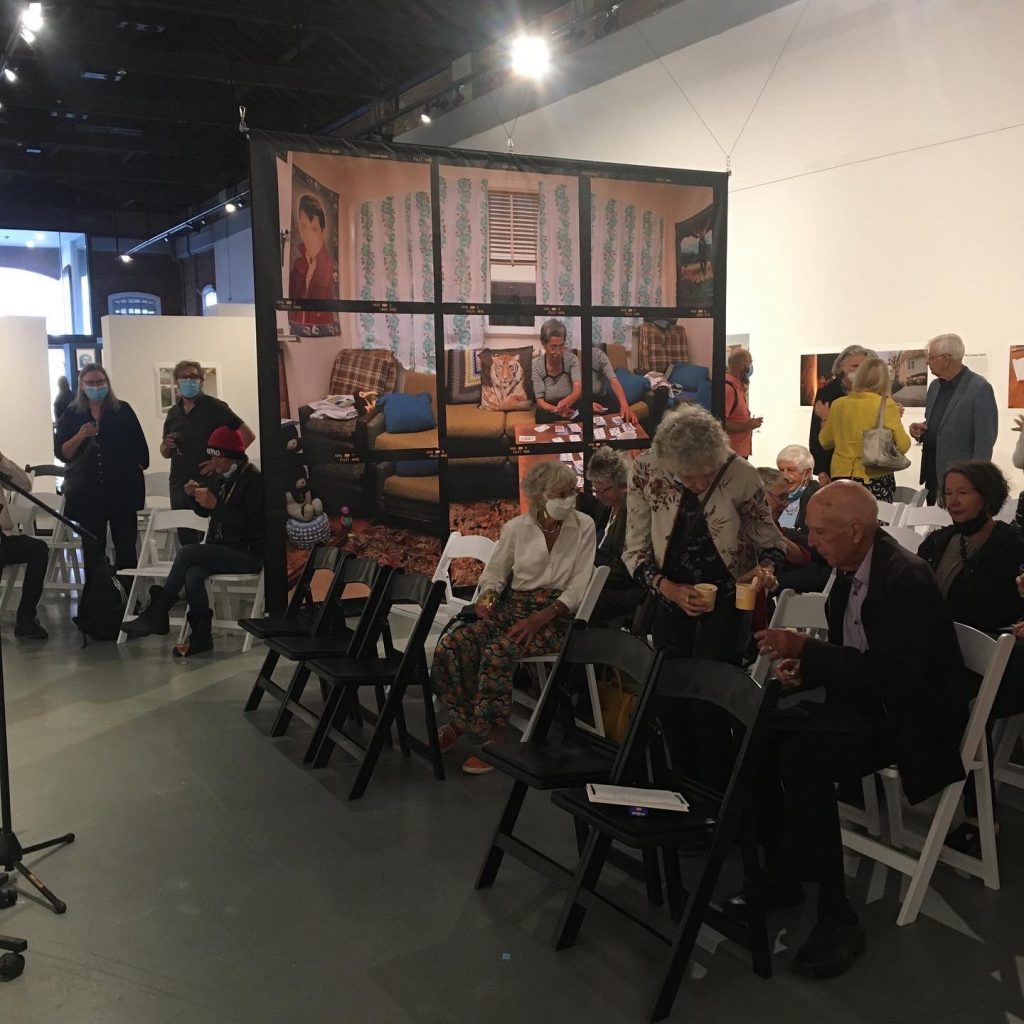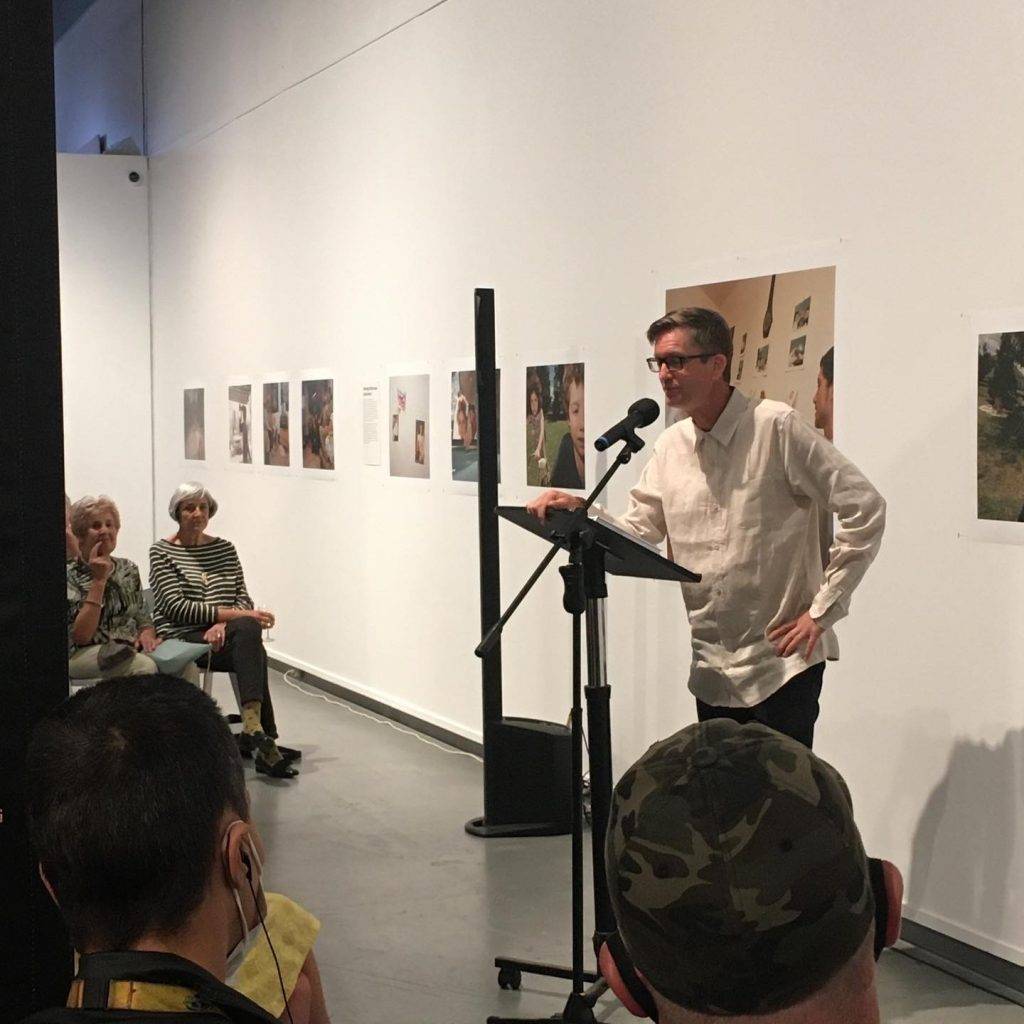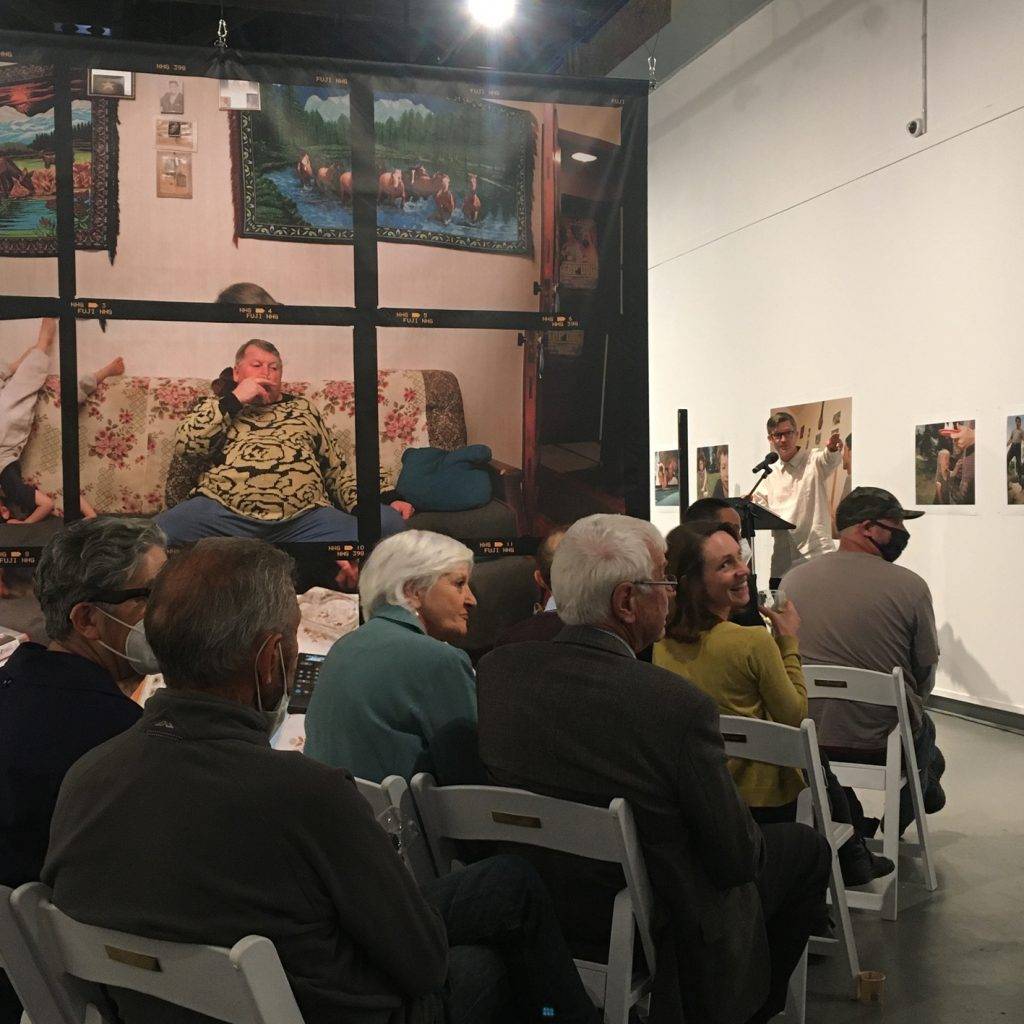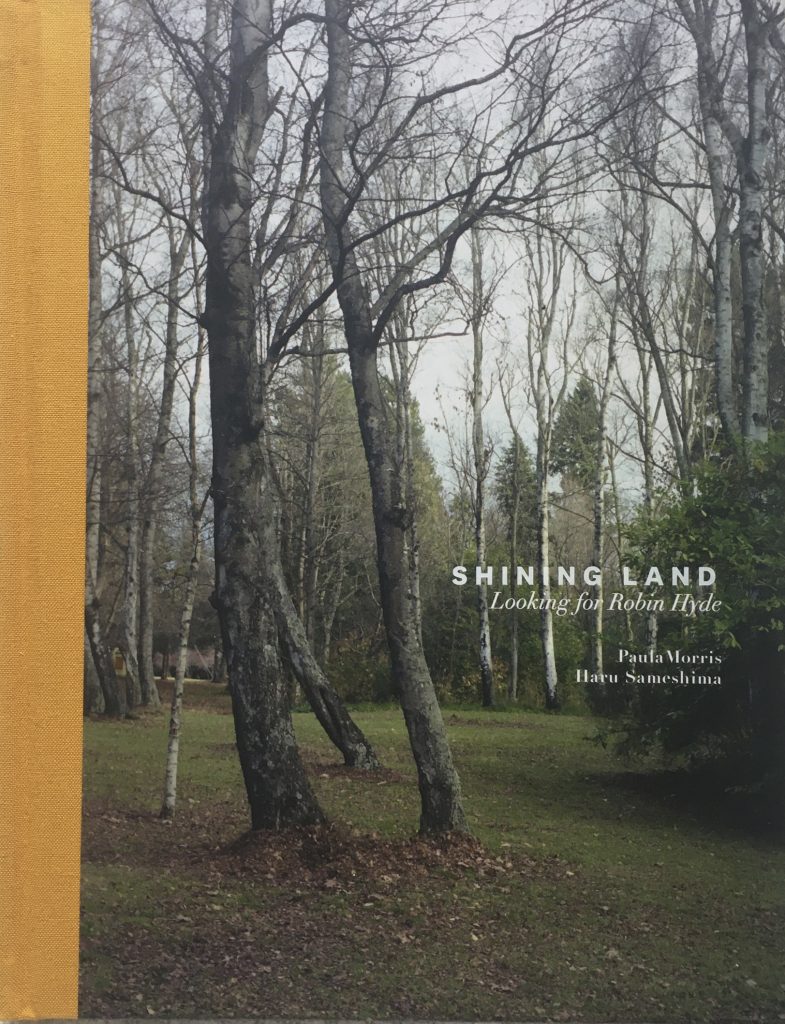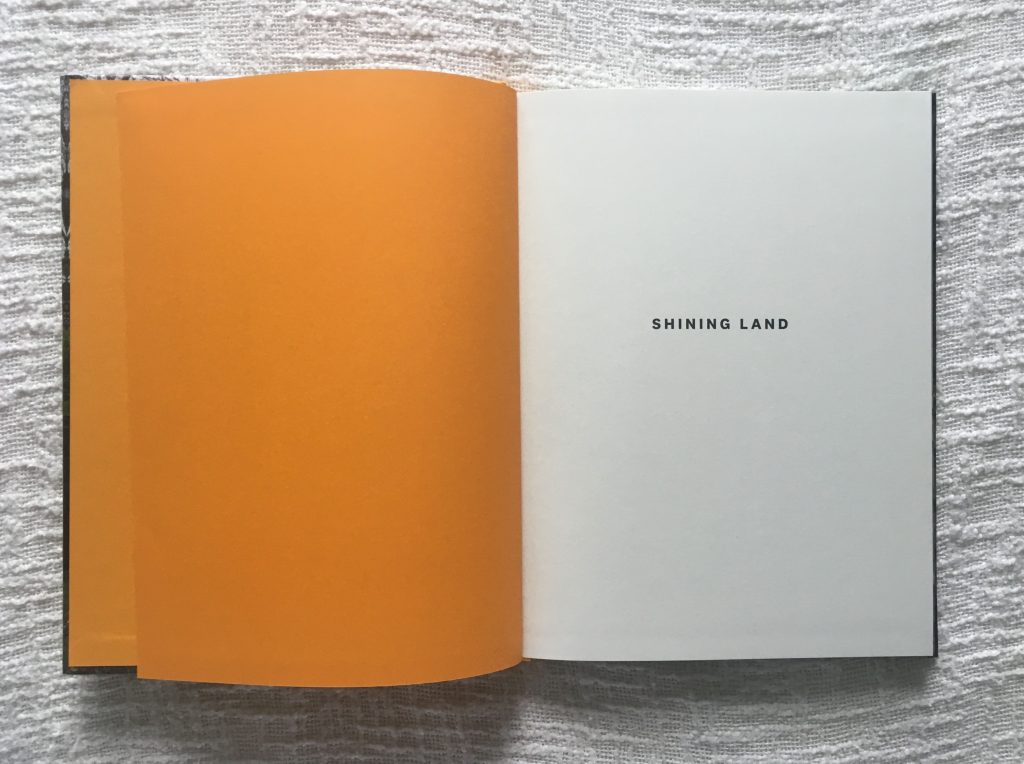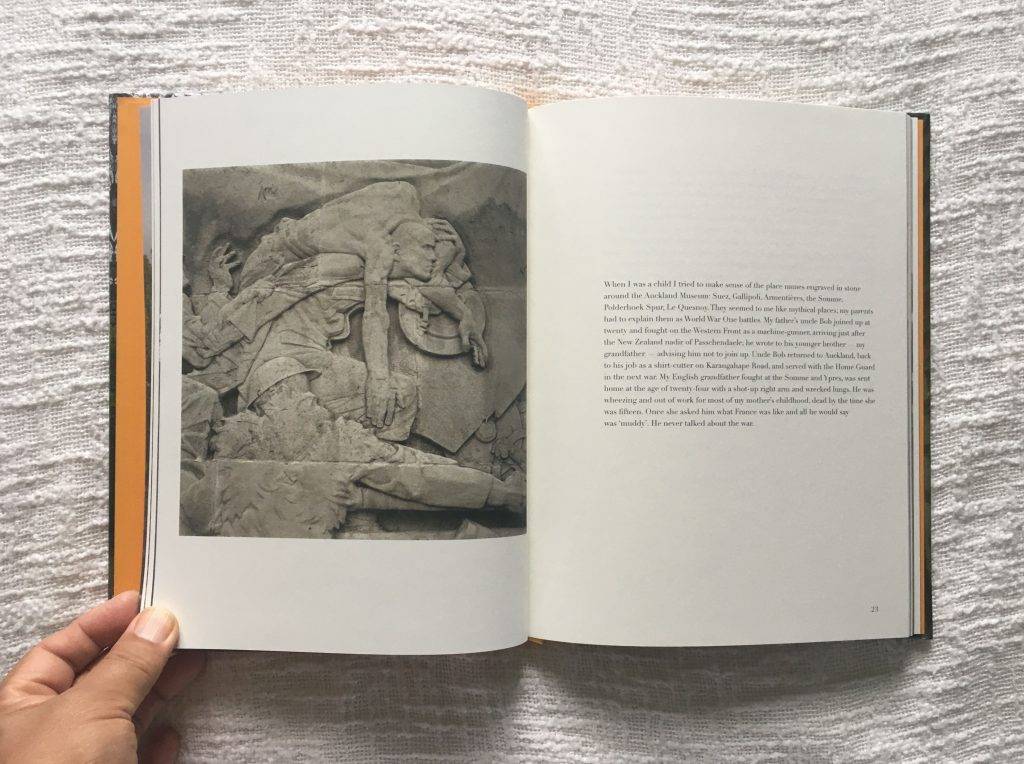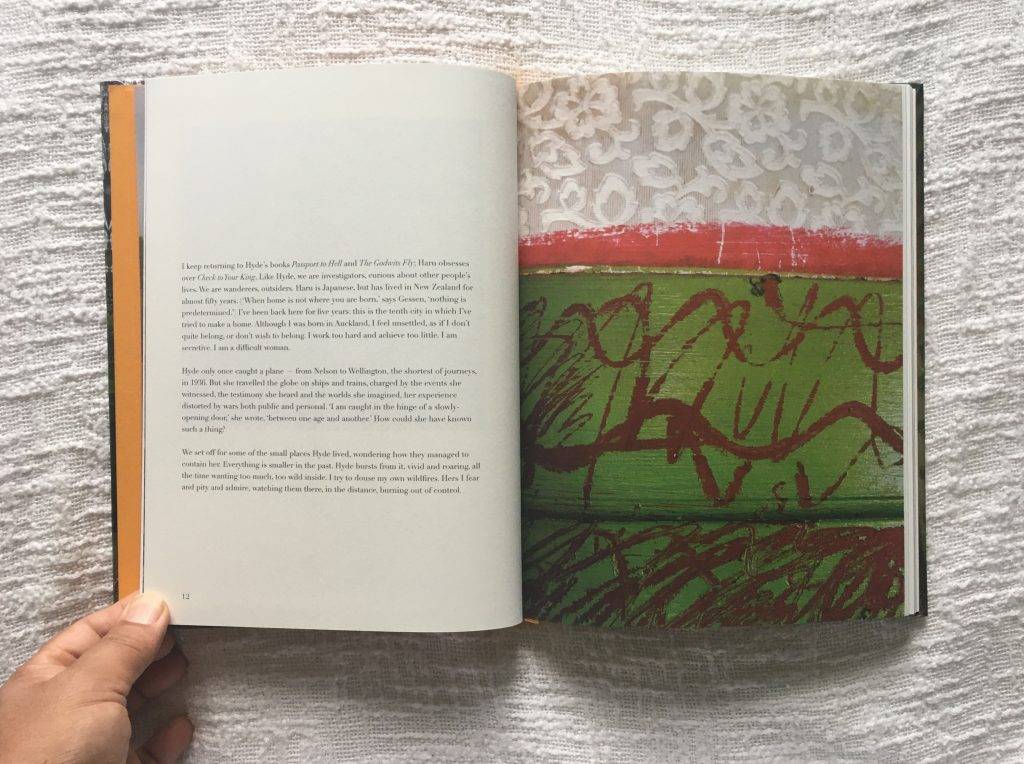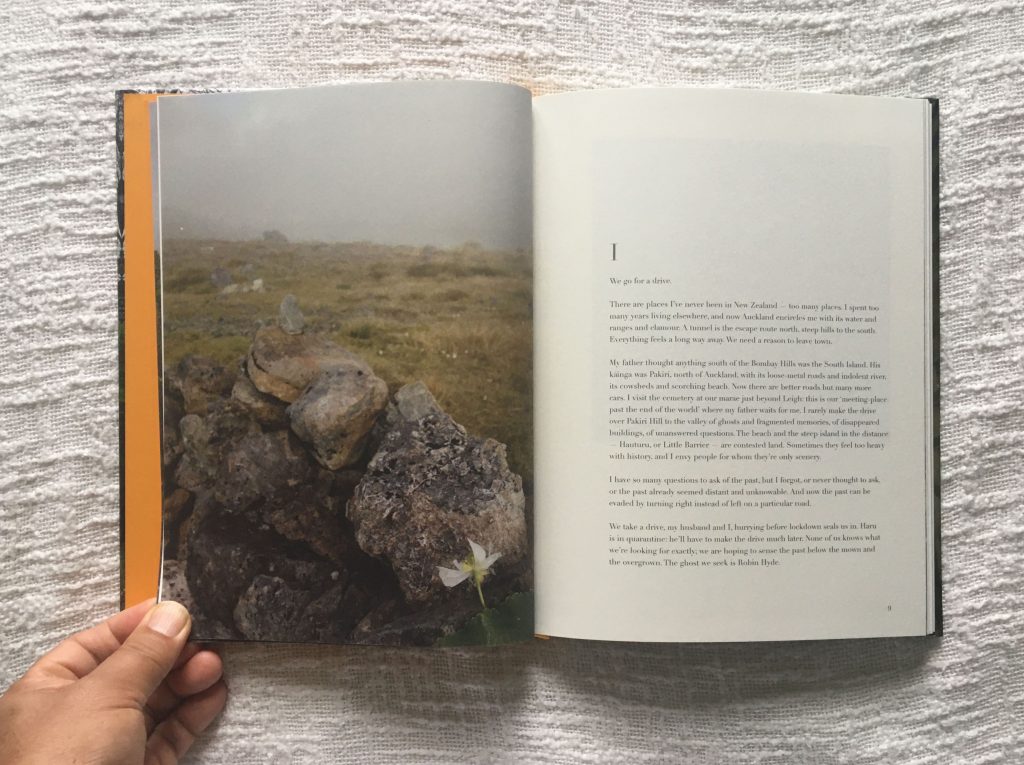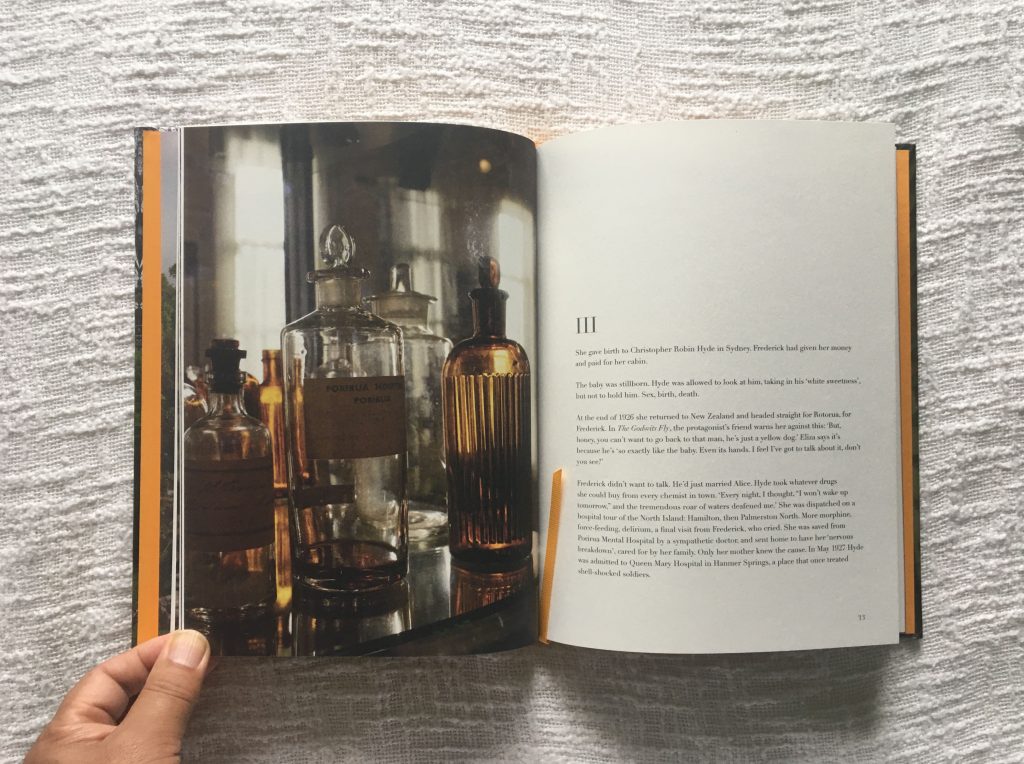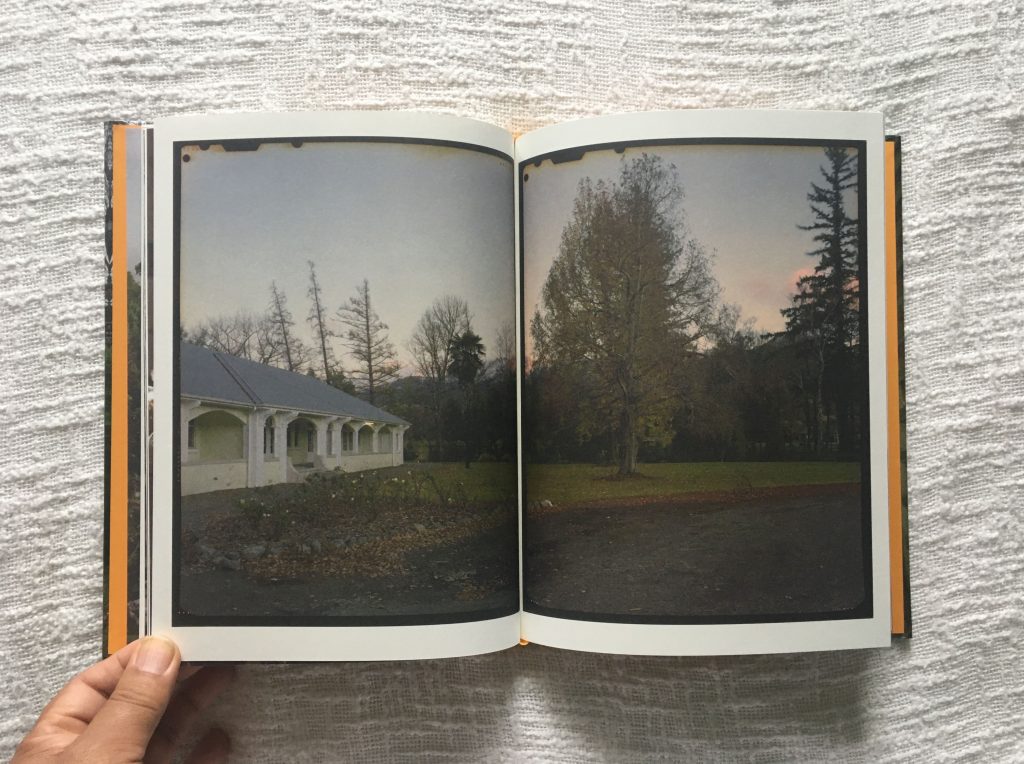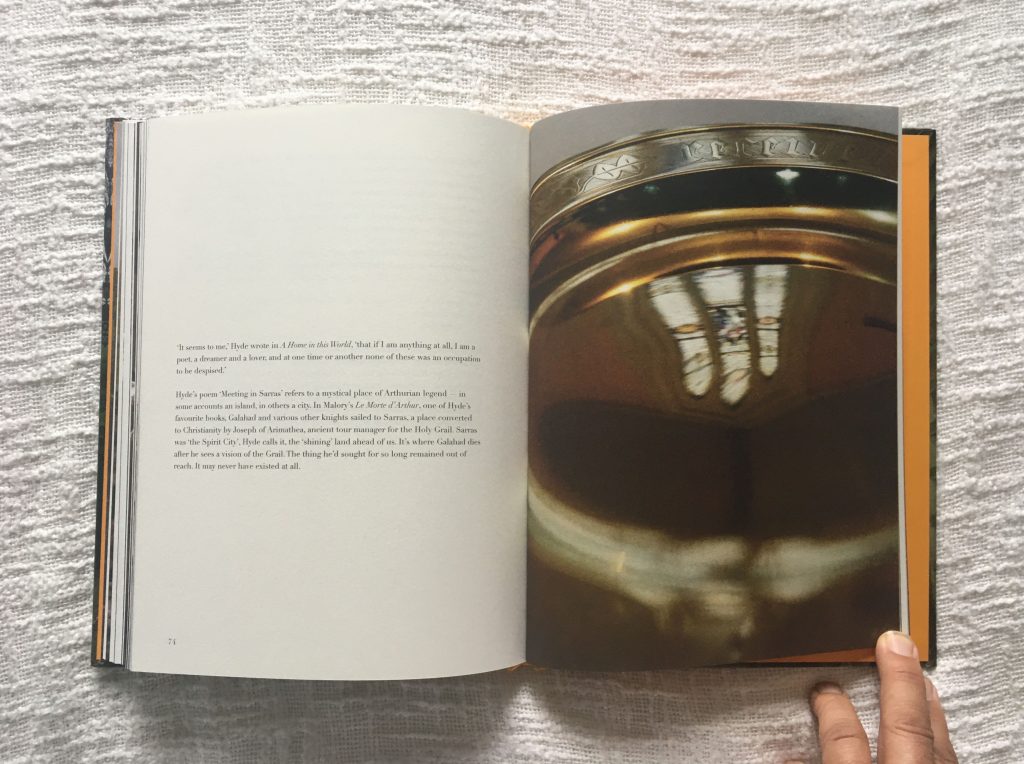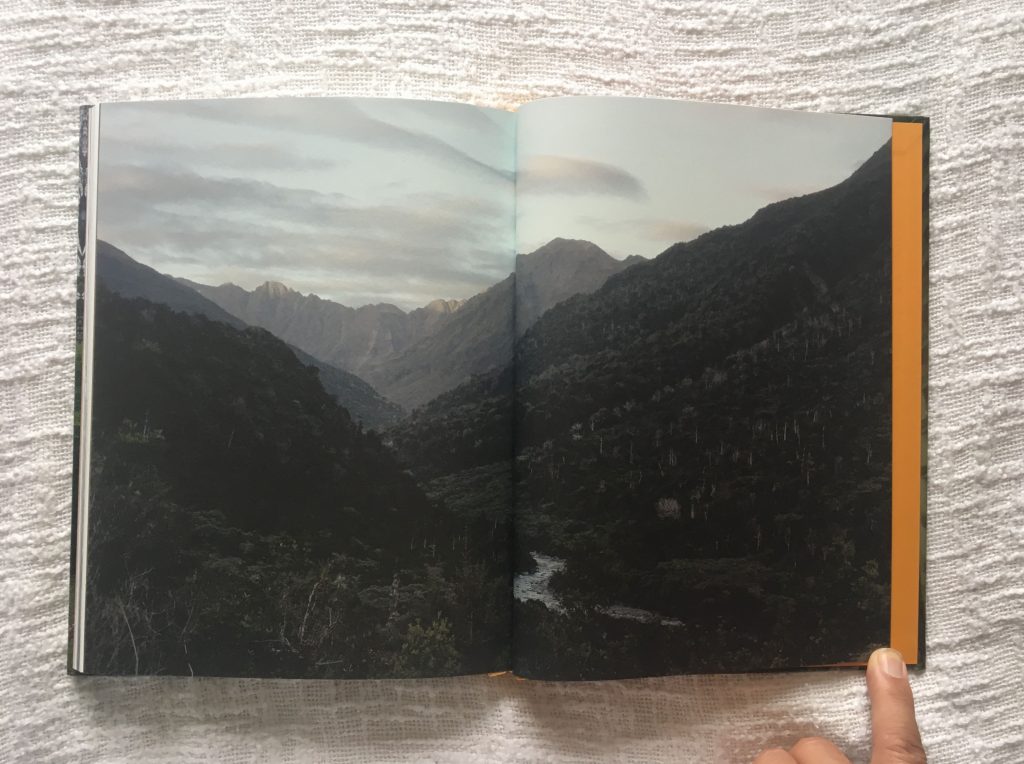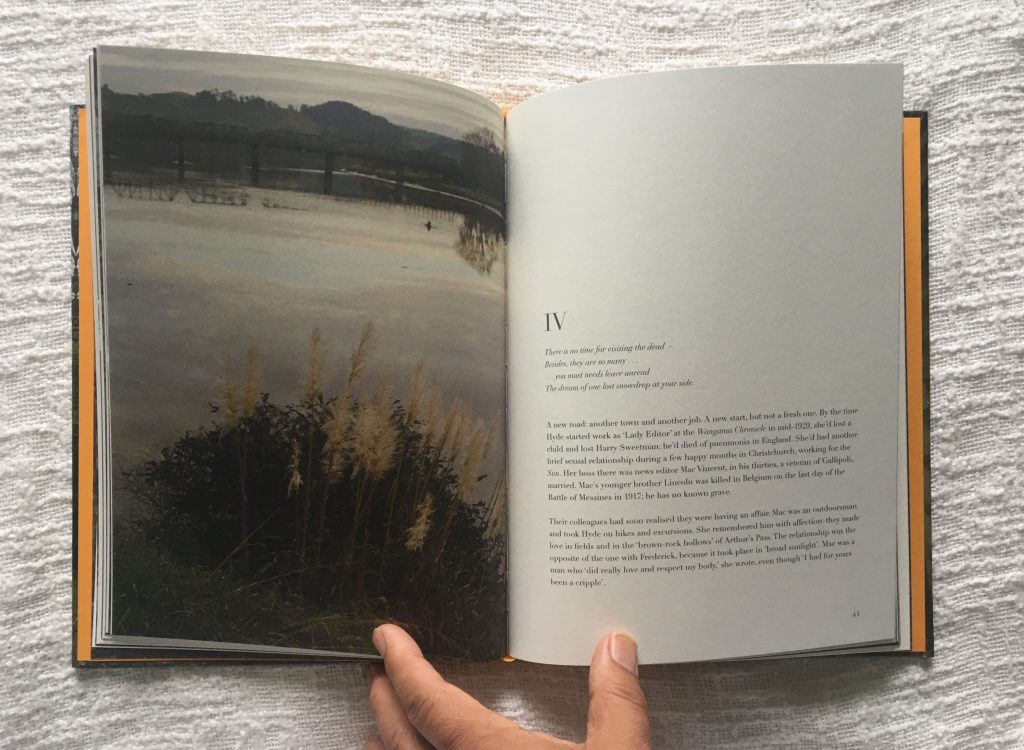A garden is a long time
Annemarie Hope-Cross and Jenny Bornholdt
The photographs in A garden is a long time take us beyond the perimeter of the Central Otago garden where they were created. Incorporating processes and materials from the darker, more mysterious corners of early photographic history, the images offer an account of the life and sensibility of a remarkable artist, Annemarie Hope-Cross (1968–2022). With Jenny Bornholdt’s poetry and prose treading deftly around the edges of Annemarie’s life and photographic work, A garden is a long time is a meditation on time, light and the spaces we all inhabit.
For Annemarie Hope-Cross, photography was, at once, a science and a miracle; the camera was an echo chamber and each photograph was a place where past and present met, where the living communed with those lost along the way, and where the most ordinary plants and objects were rendered mysterious, at times radiant. These photographic exposures, and the words that accompany them, are the heartfelt measure of an hour, a day, a season, a lifetime.
Published by Te Herenga Waka Press in association with Rim Books.
Annemarie Hope-Cross was born in Upper Hutt in 1968, obtained a Diploma of Photographic Arts from Whitecliffe Art School in 1989, and in 2011 and 2013 studied photogenic drawing, wet and dry plate collodion and the daguerreotype technique at the Fox Talbot Museum in the United Kingdom. Between 2010 and 2021, she held 13 solo exhibitions at public and private galleries in the Otago region, and her work has been included in numerous group exhibitions in New Zealand and internationally. She held an artist’s residency at the Fox Talbot Museum in 2013), and her series of ‘Still’ photographs is in the collection of the Museum of New Zealand Te Papa Tongarewa. With Eric Schusser, she produced two photo-books, Still Intrusion (2019) and Dissolving Margins (2020).
Jenny Bornholdt has published over a dozen books of poems, most recently Lost and Somewhere Else (2019). She has edited a number of anthologies, including Short Poems of New Zealand (2018), and has worked on numerous book and art projects with artists including Pip Culbert, Mary McFarlane, Noel McKenna, Mari Mahr, Brendan O’Brien and Gregory O’Brien. In 2018 she was the co-recipient, with Gregory O’Brien, of the Henderson Arts Trust Residency and spent 12 months in Alexandra, Central Otago, during which time she met Annemarie Hope-Cross.
ISBN: 9781776920839
Pages: 152pp, with 90 colour photos
Format: Hardback
Dimensions: 250mm x 200mm
RRP $50.00
For all wholesale orders and requests ithwup@wgtn.ac.nz

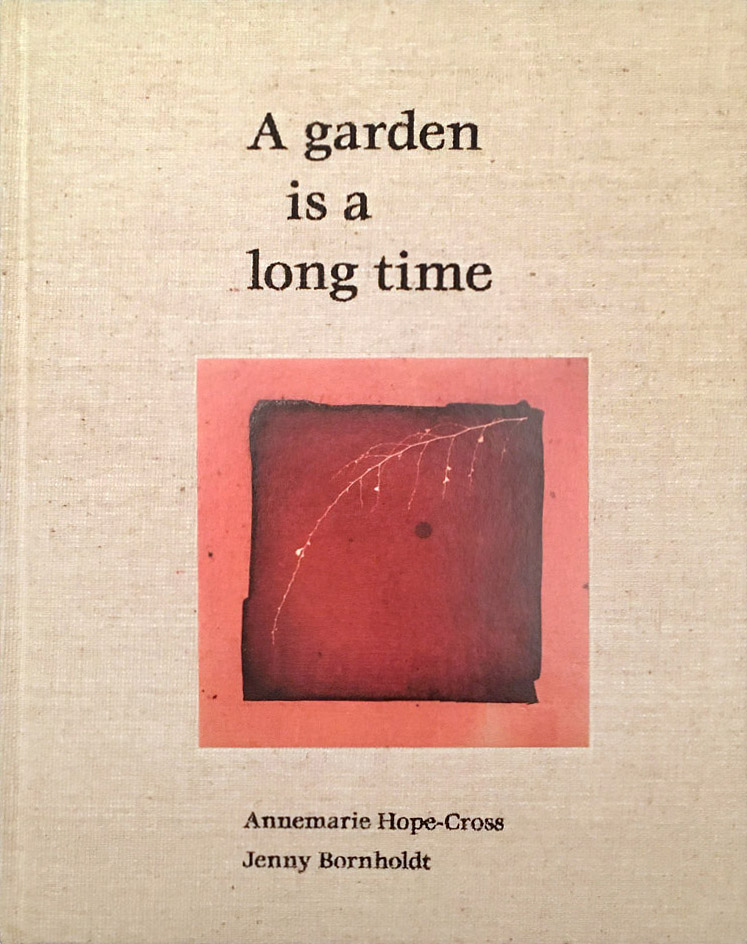

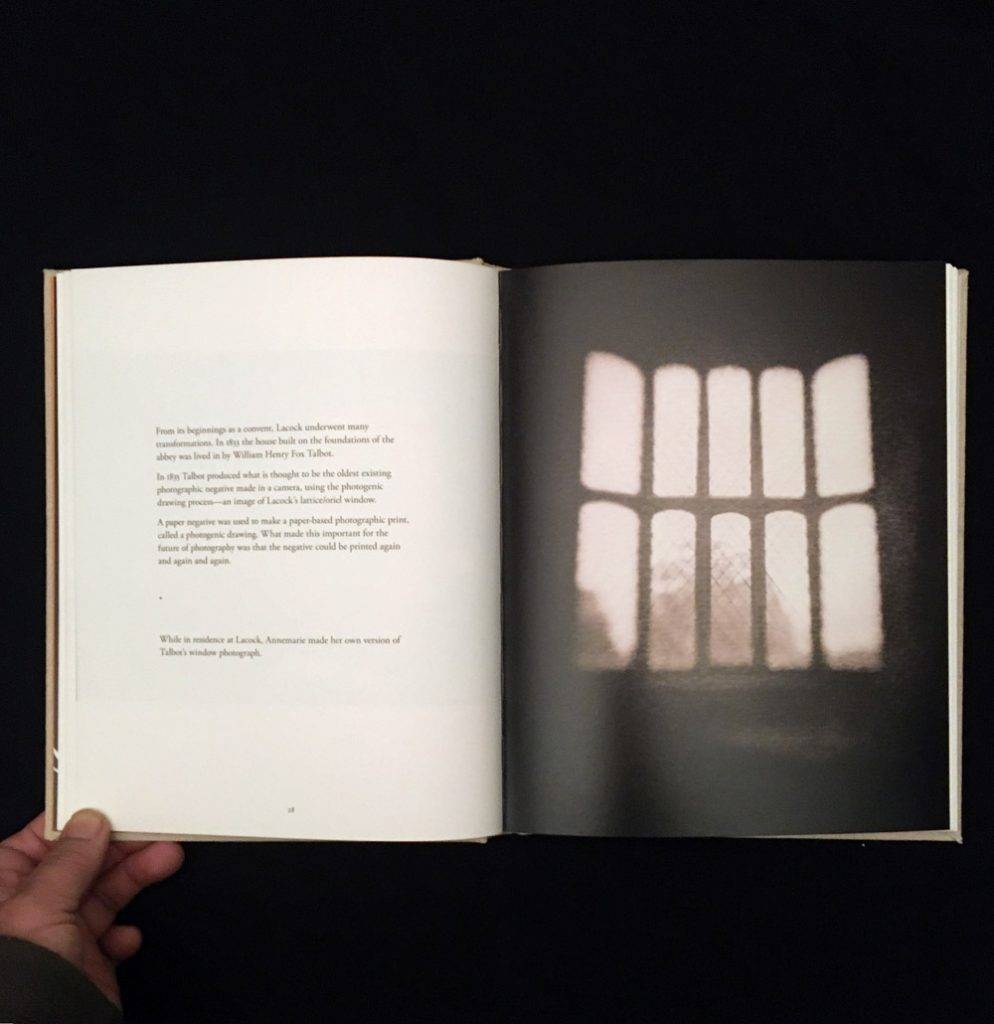








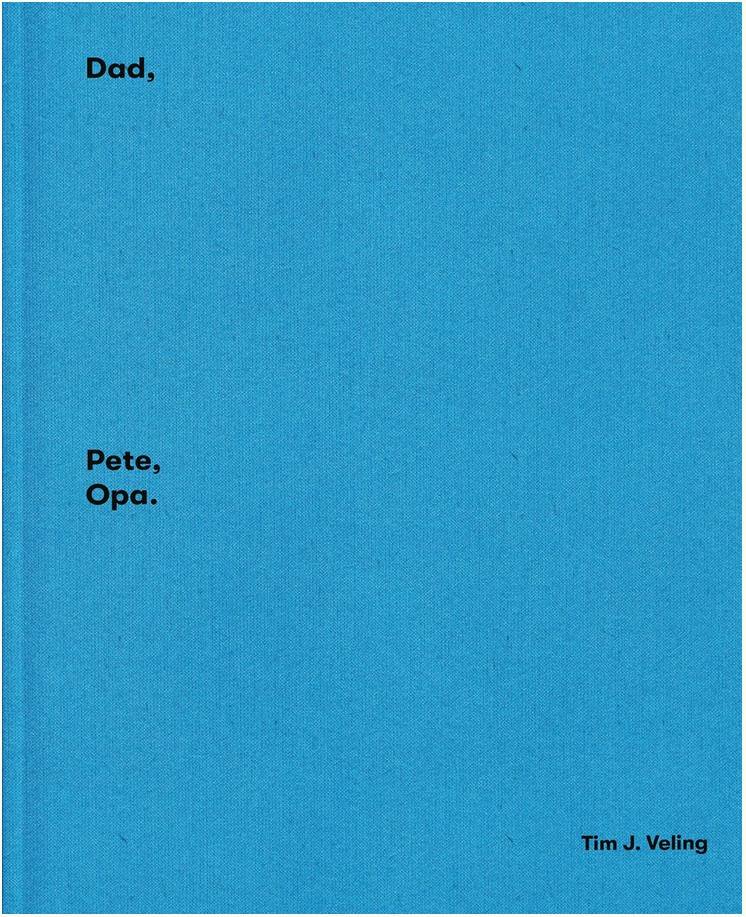
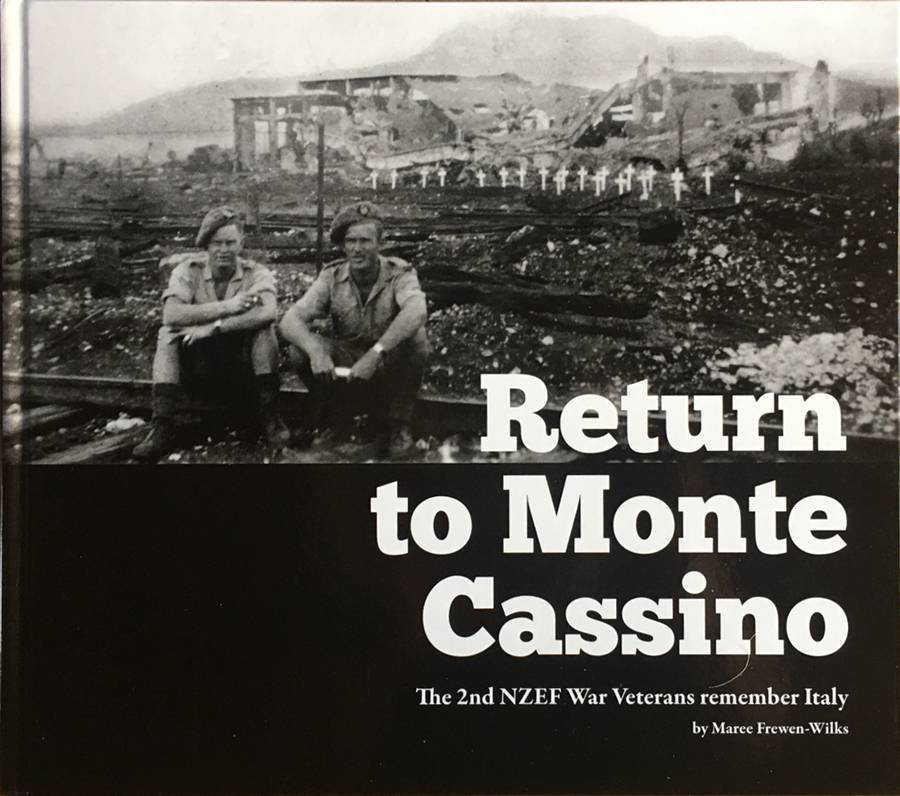
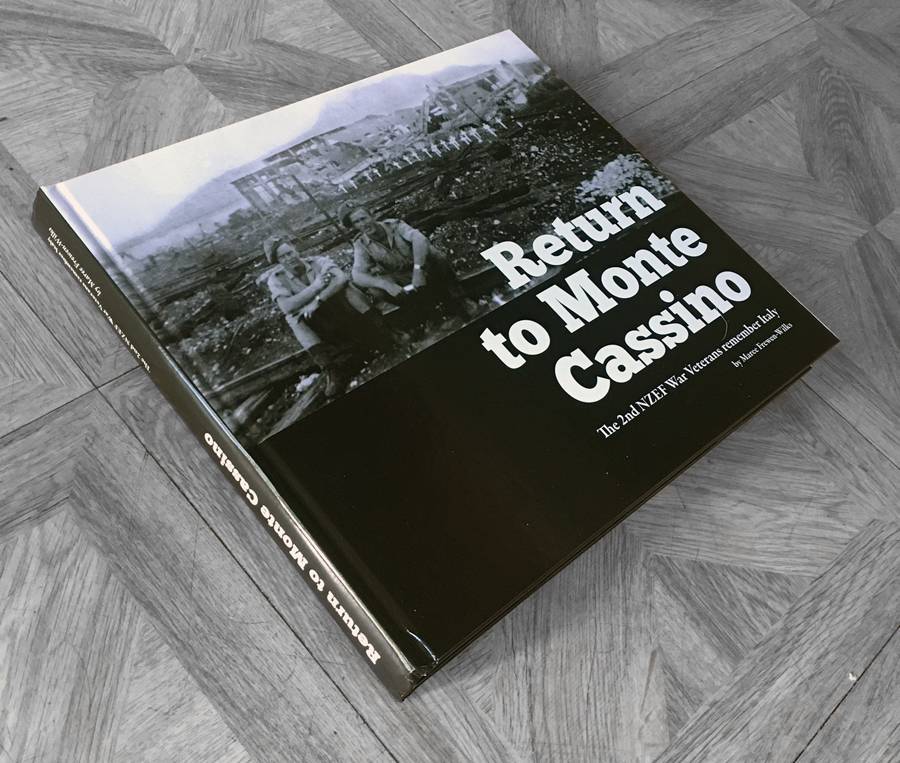
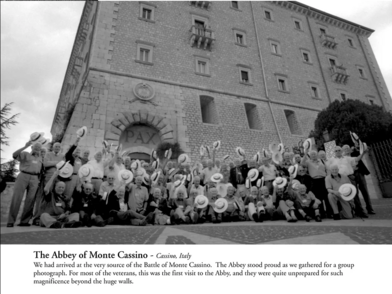
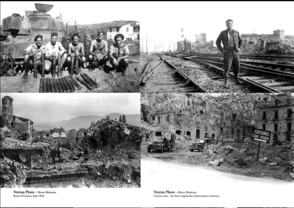
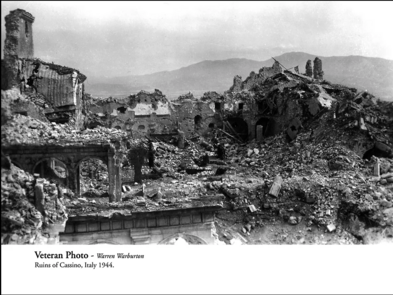
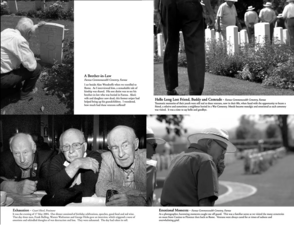
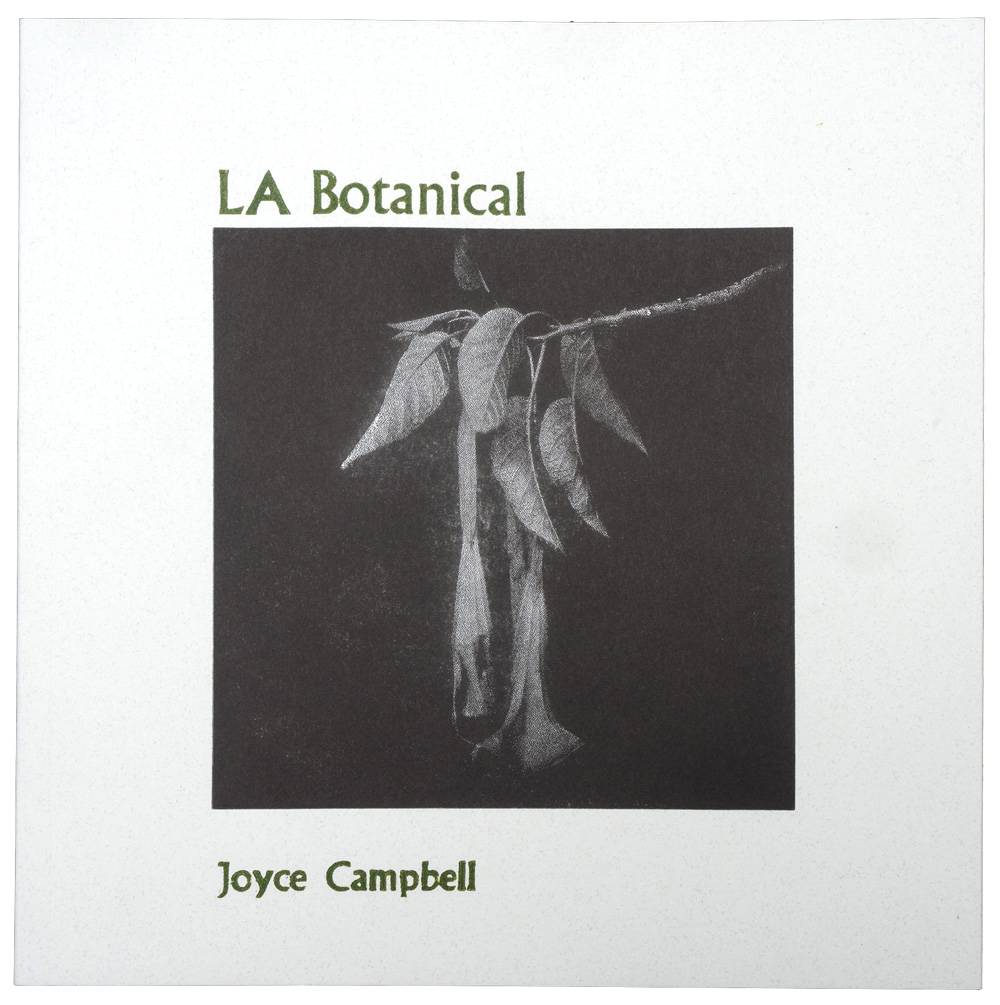 LA Botanical is a series of ambrotype photographs of plant specimens found in the greater Los Angeles area. It was conceived by the multidisciplinary artist Joyce Campbell in the wake of Hurricane Katrina which devastated the Gulf Coast of Louisiana in 2005. The aftermath, particularly the inability and unwillingness of the Federal Government to respond to the crisis in flooded New Orleans, highlighted the vulnerability of a populace stranded in the face of natural, and human induced calamity in the world’s most powerful nation. As a mother raising her young child in a sprawling American city Campbell was compelled to ask: when the supply chain is disrupted and the supermarkets are empty, and there is no sign of aid reaching you, how can ‘art’ be useful?
LA Botanical is a series of ambrotype photographs of plant specimens found in the greater Los Angeles area. It was conceived by the multidisciplinary artist Joyce Campbell in the wake of Hurricane Katrina which devastated the Gulf Coast of Louisiana in 2005. The aftermath, particularly the inability and unwillingness of the Federal Government to respond to the crisis in flooded New Orleans, highlighted the vulnerability of a populace stranded in the face of natural, and human induced calamity in the world’s most powerful nation. As a mother raising her young child in a sprawling American city Campbell was compelled to ask: when the supply chain is disrupted and the supermarkets are empty, and there is no sign of aid reaching you, how can ‘art’ be useful? 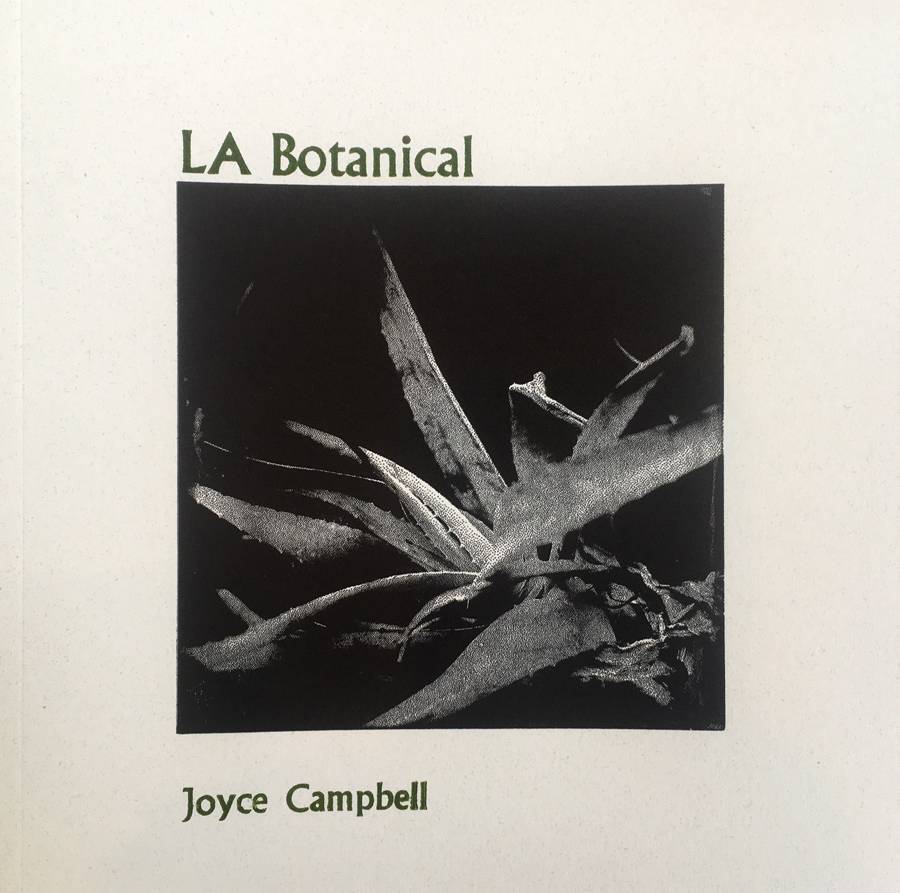
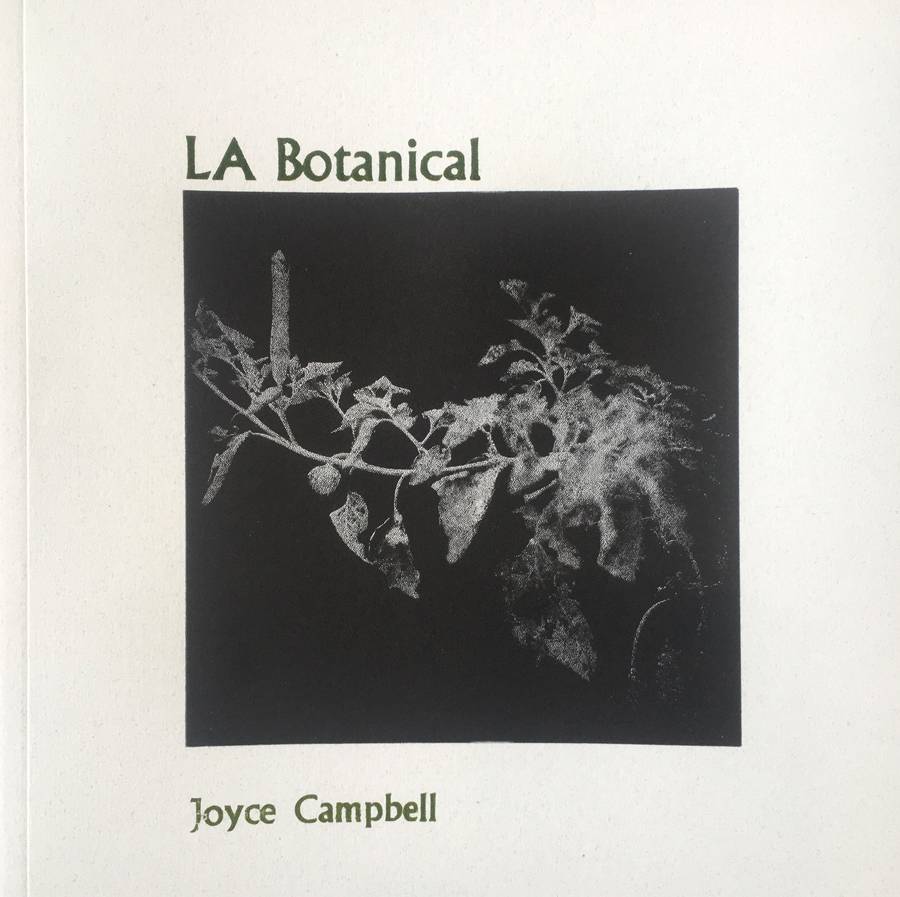
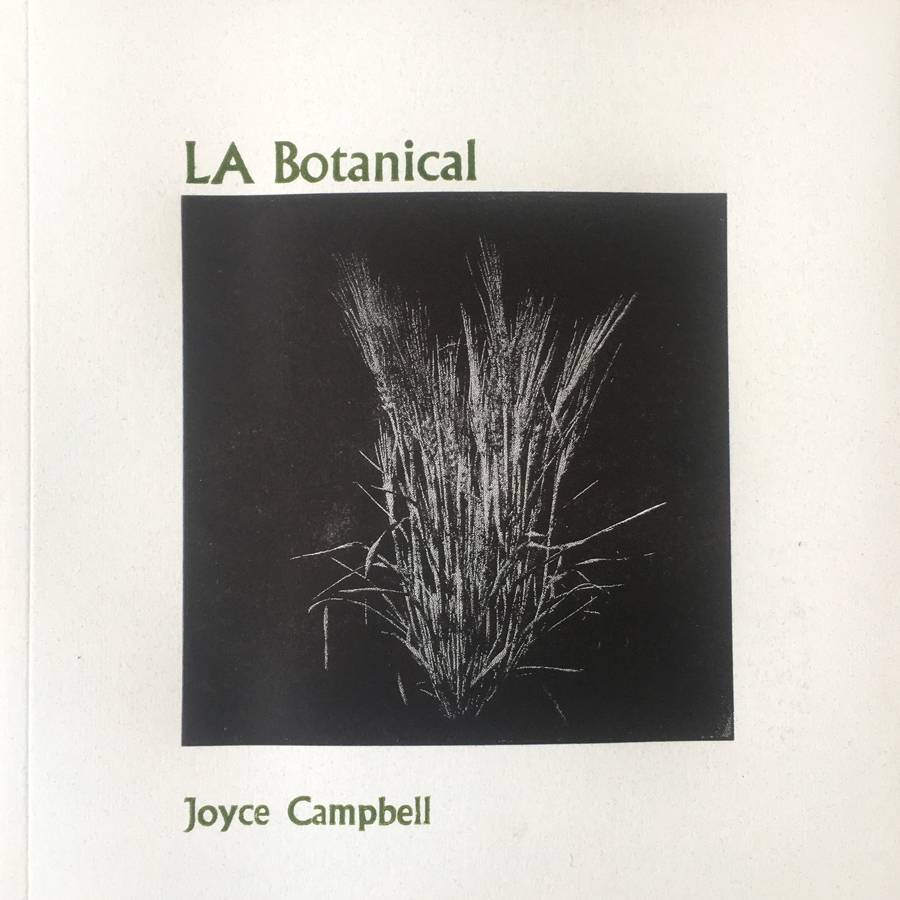
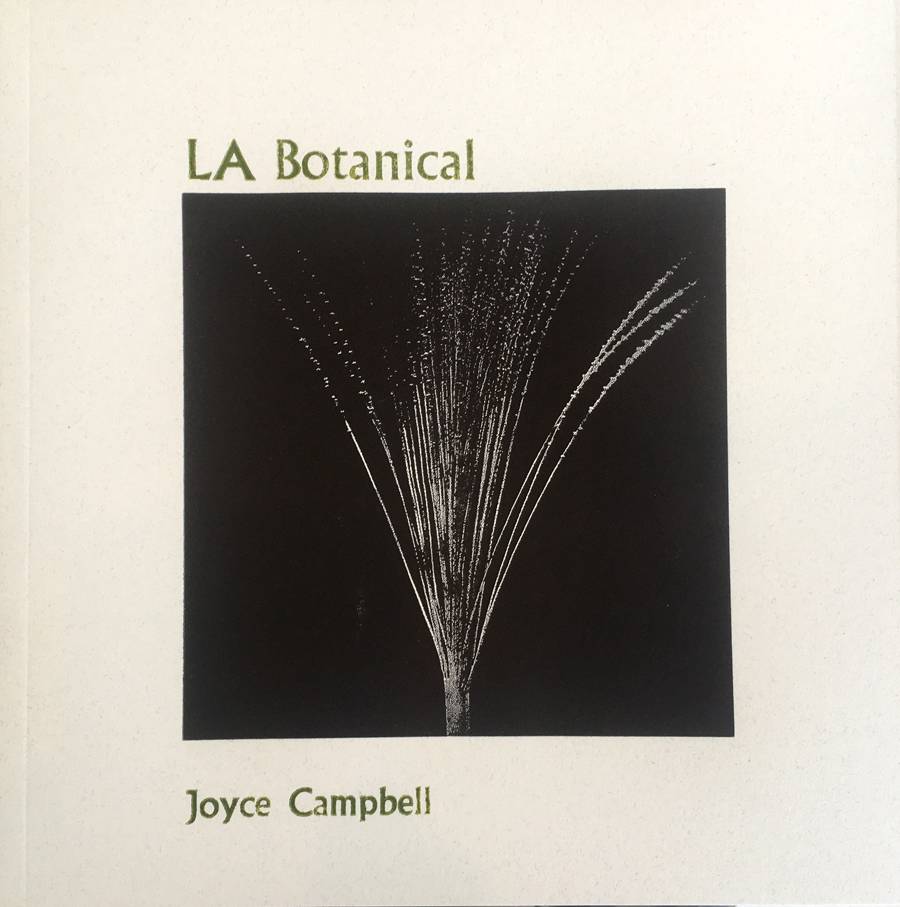
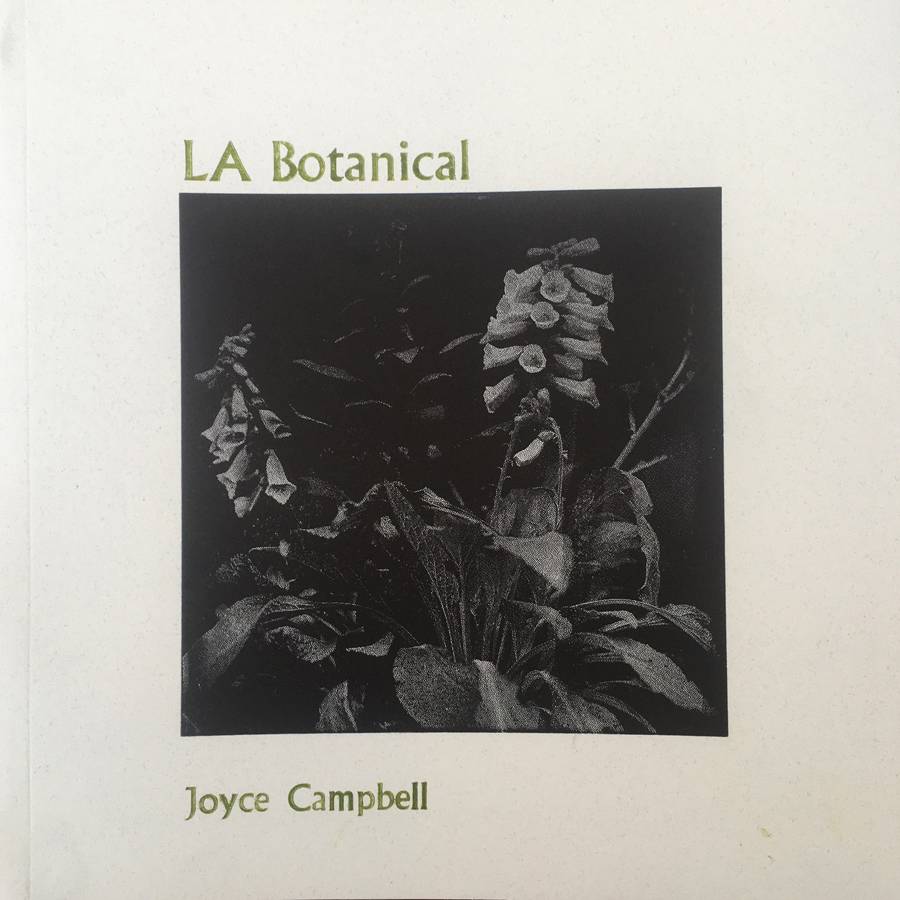
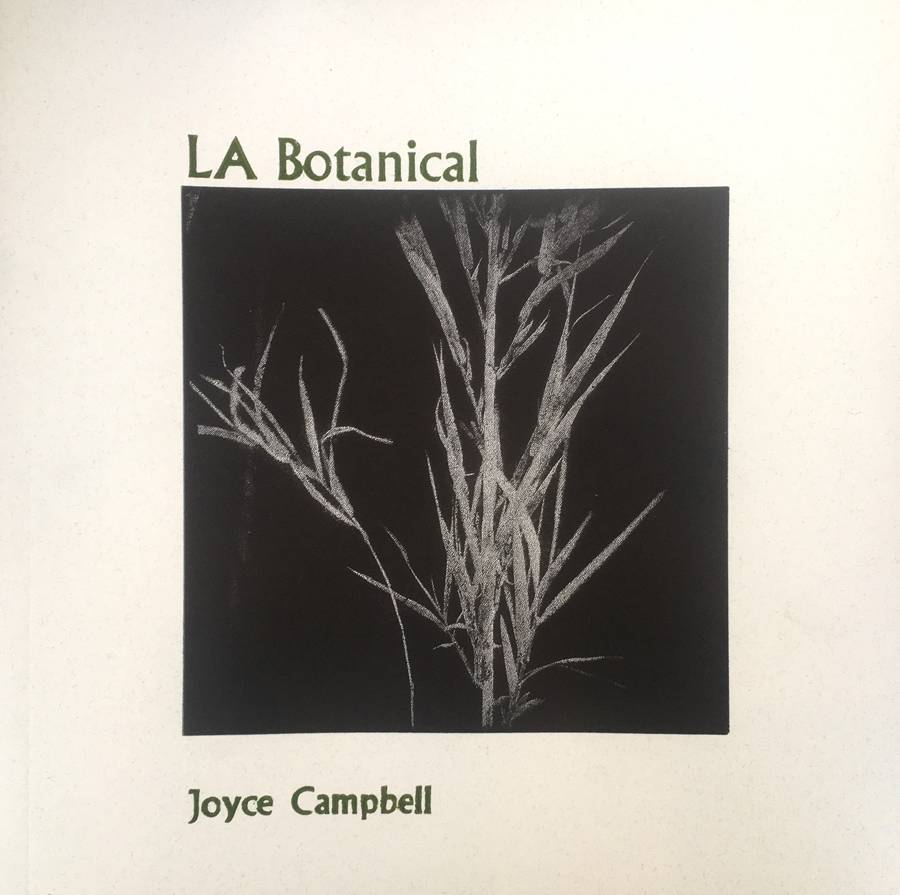
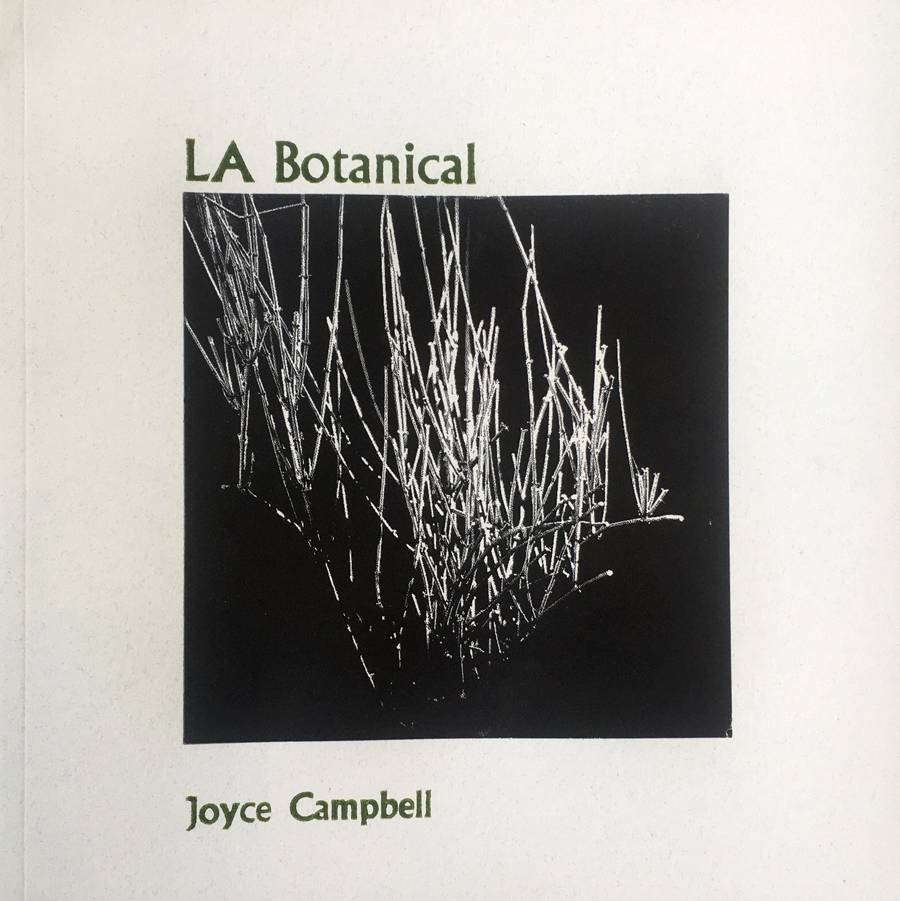
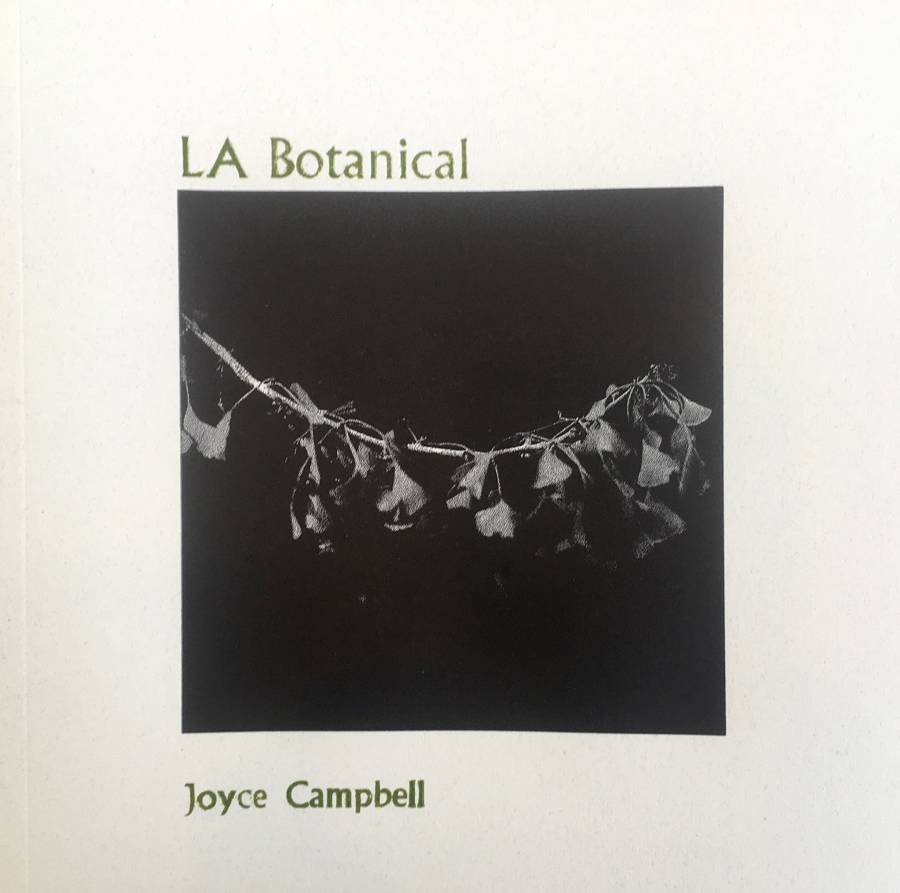
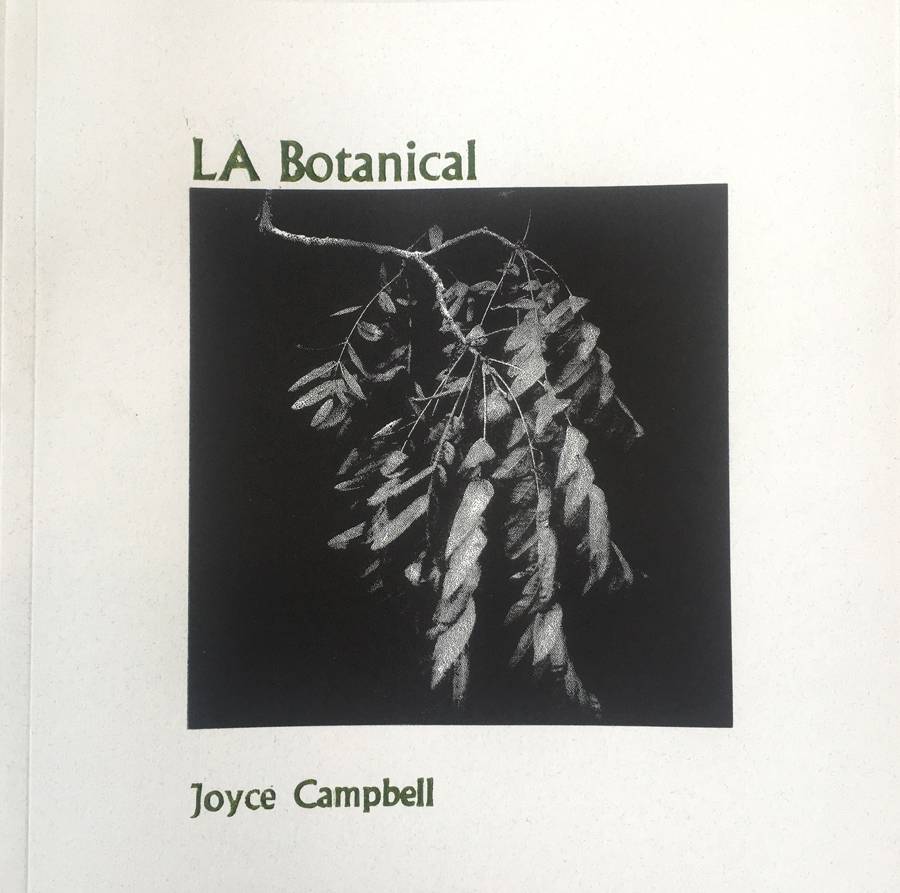
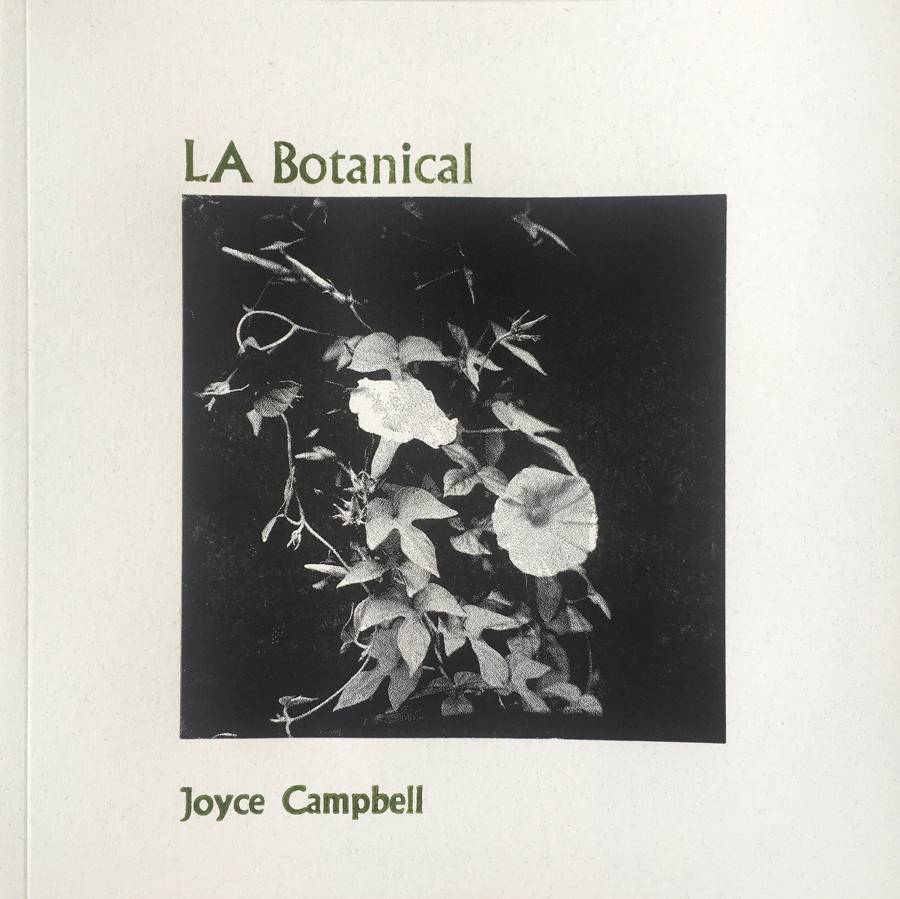
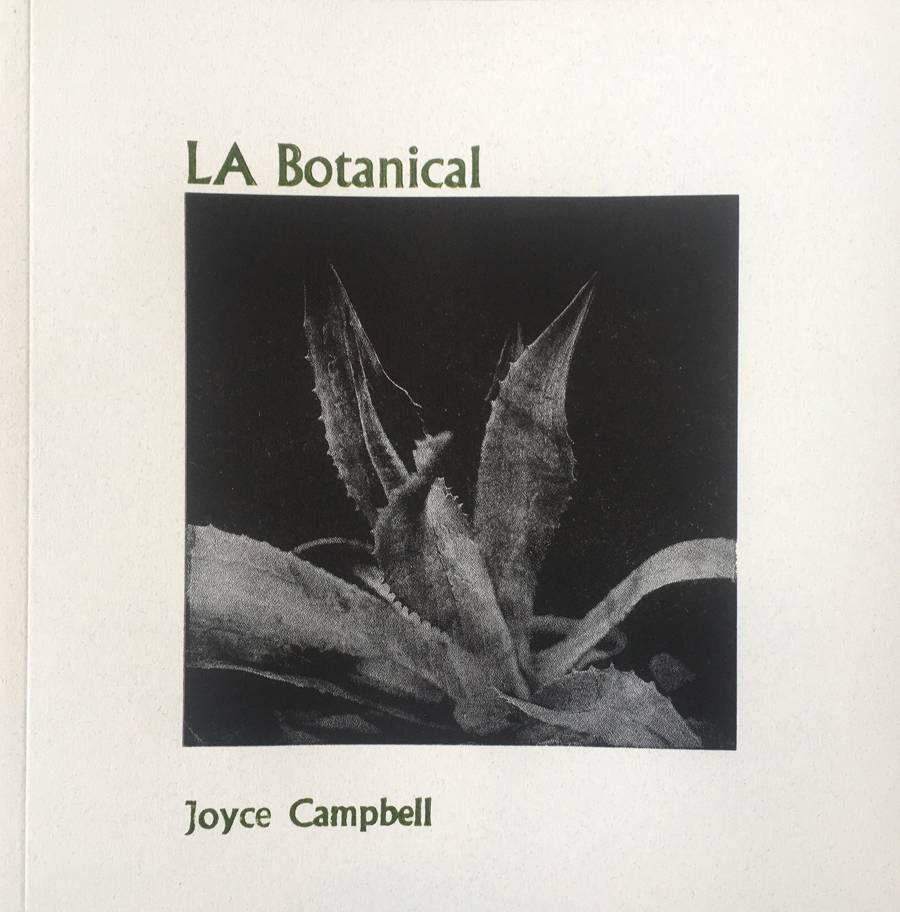
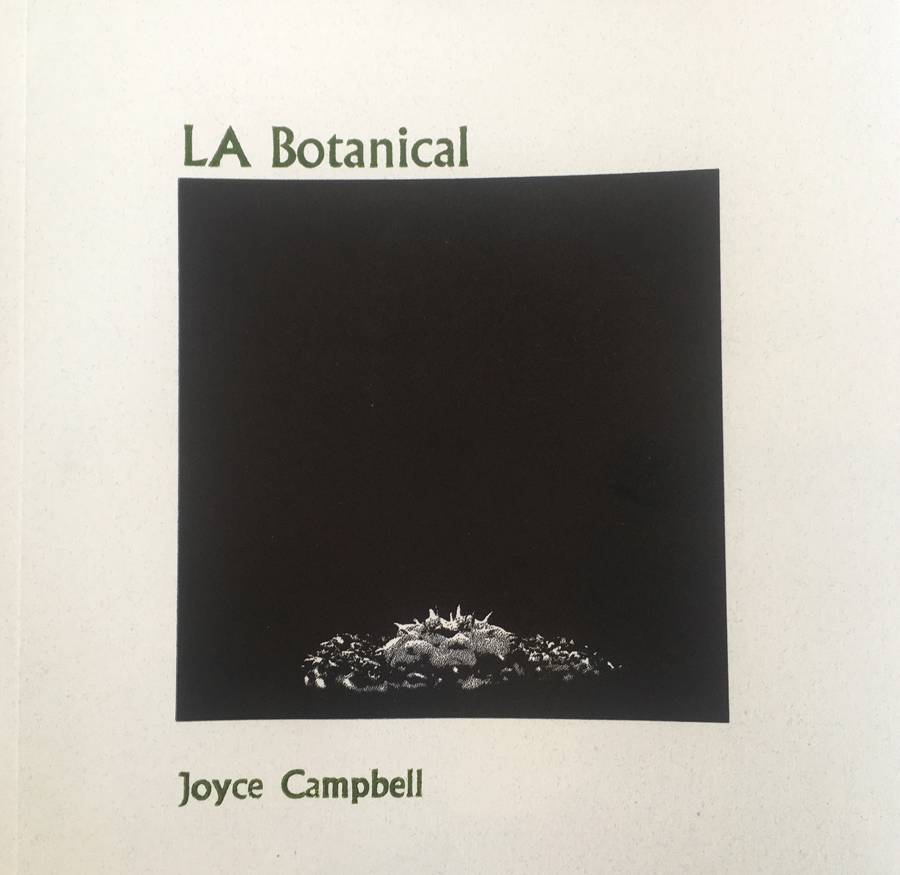
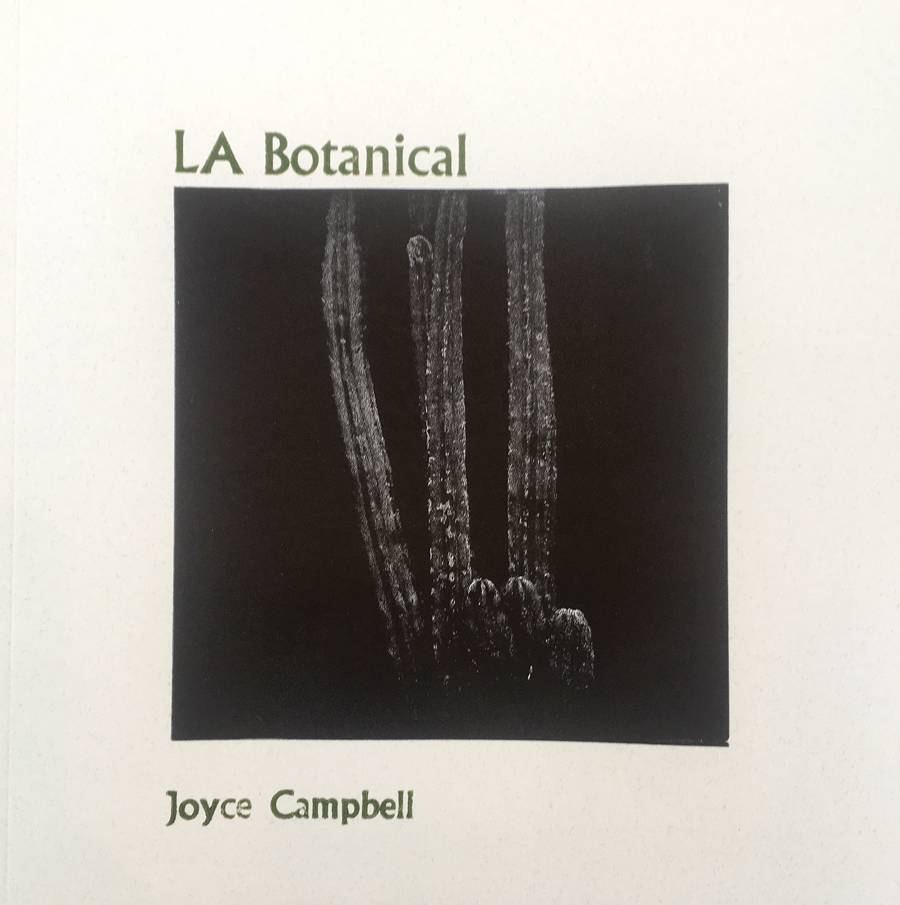
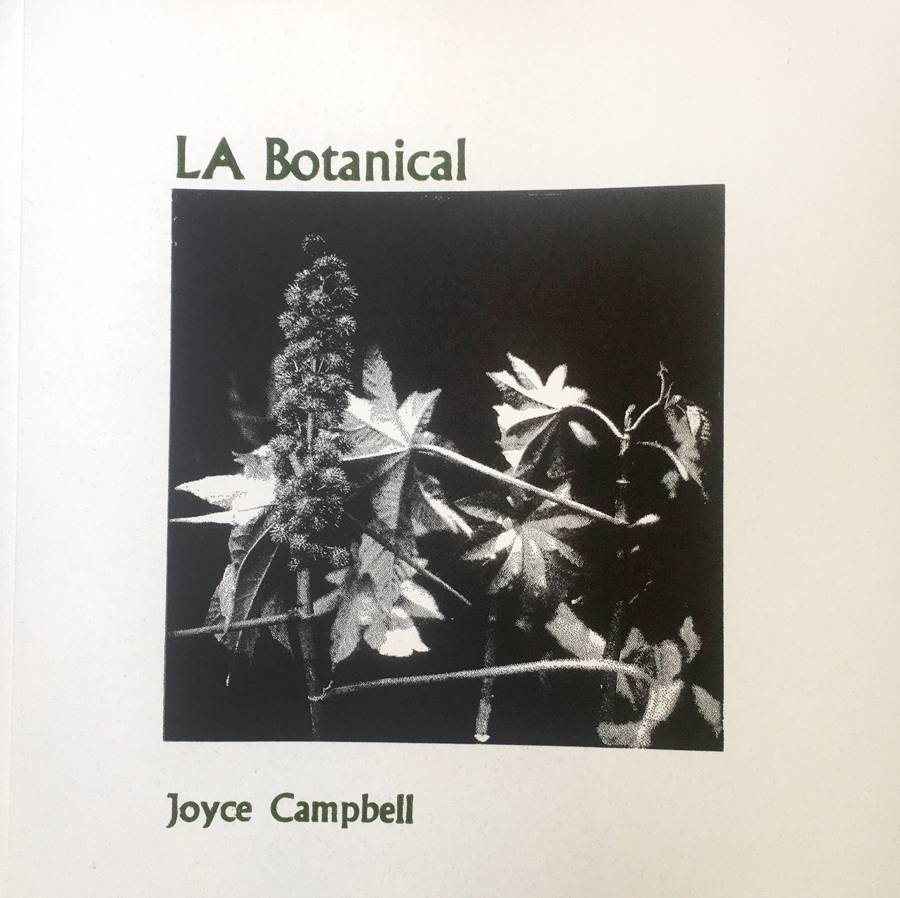
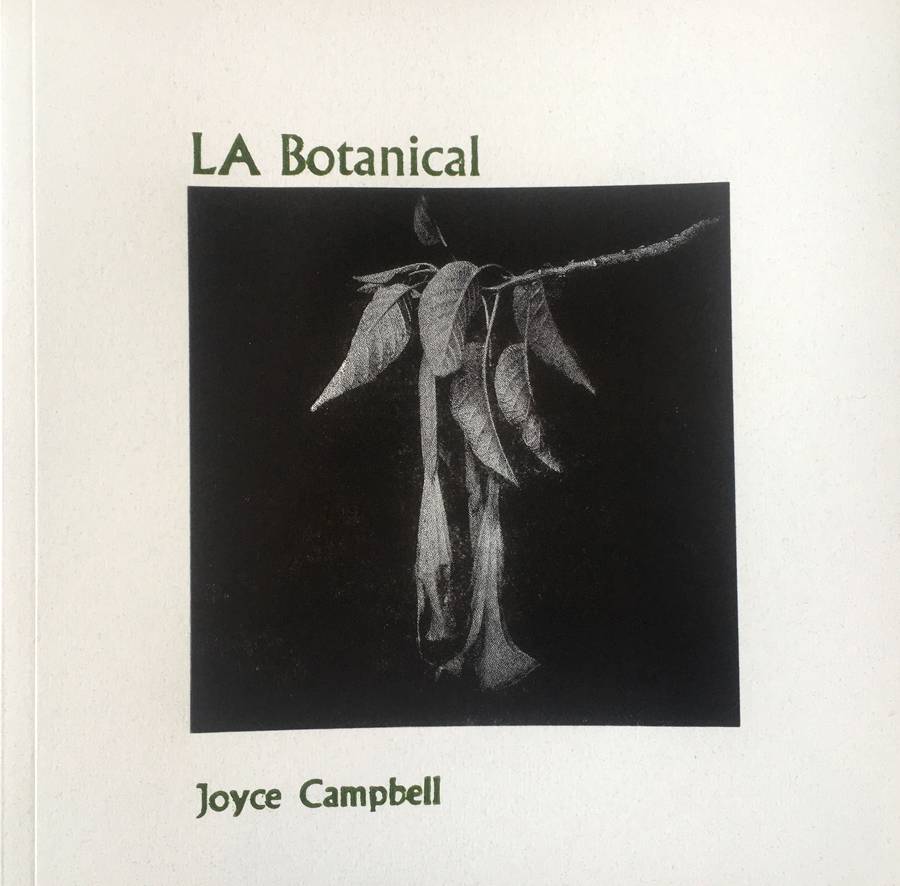
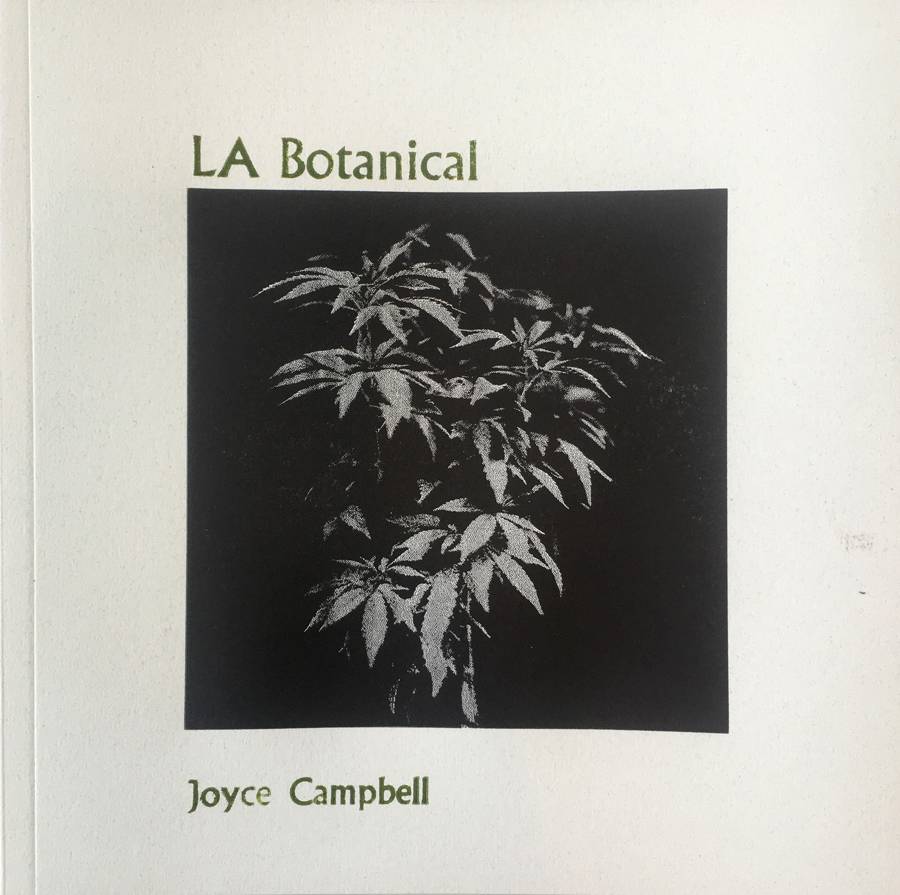
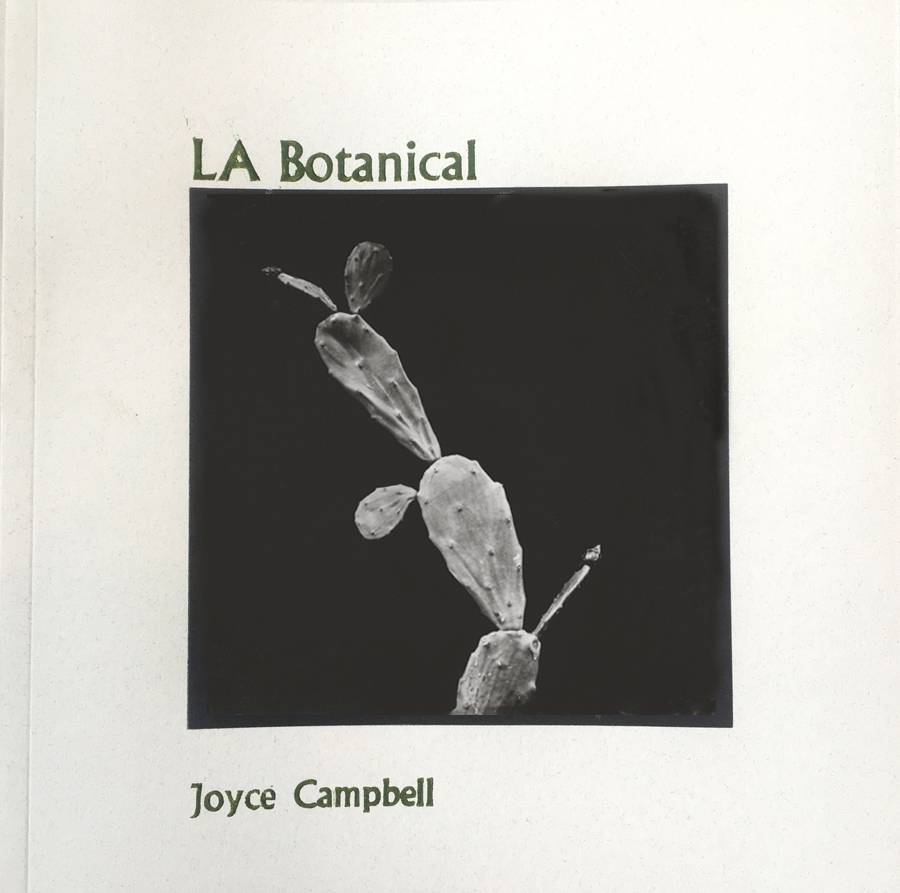
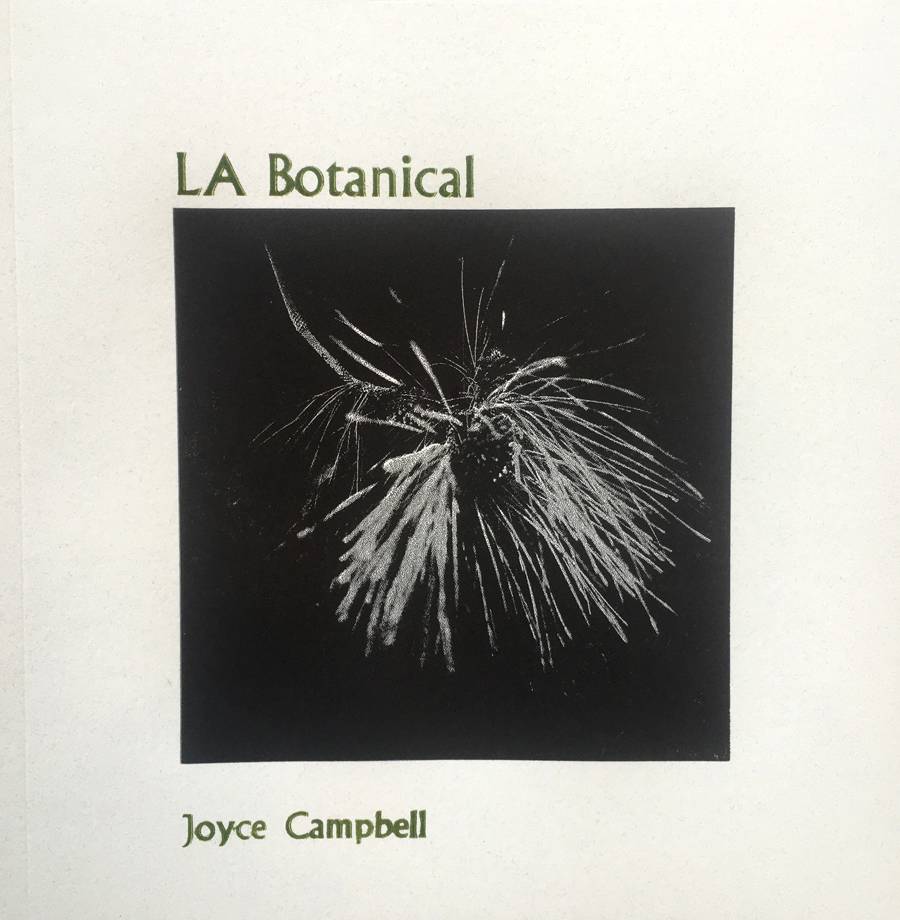
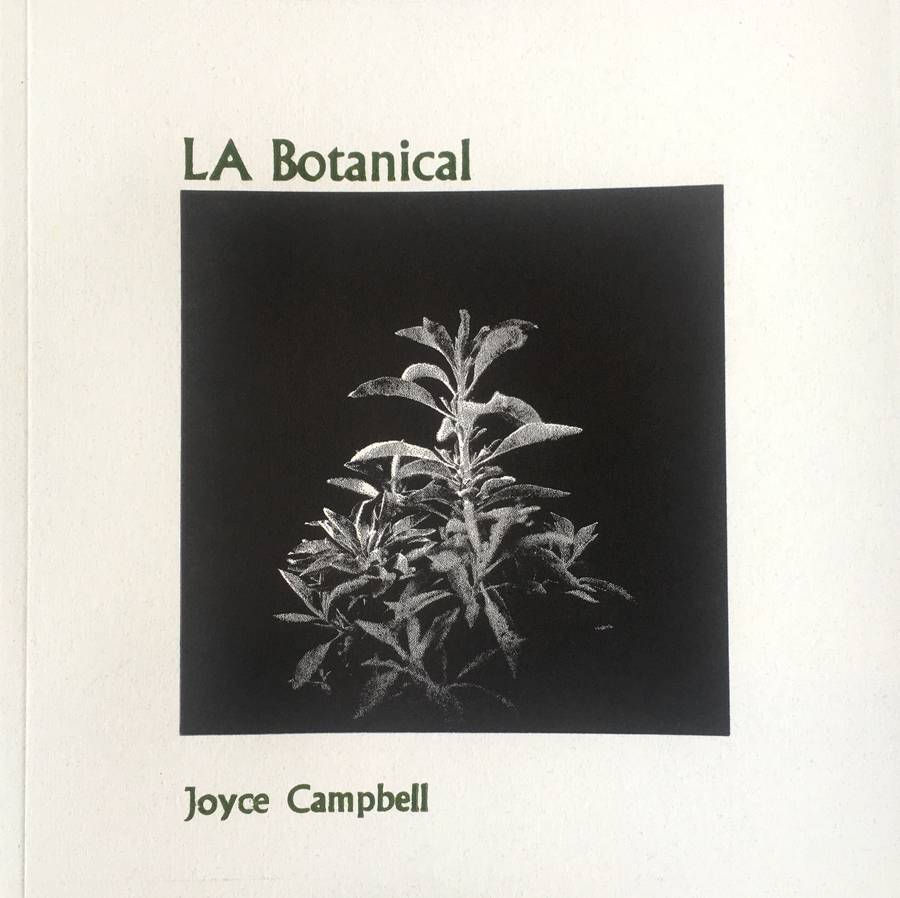
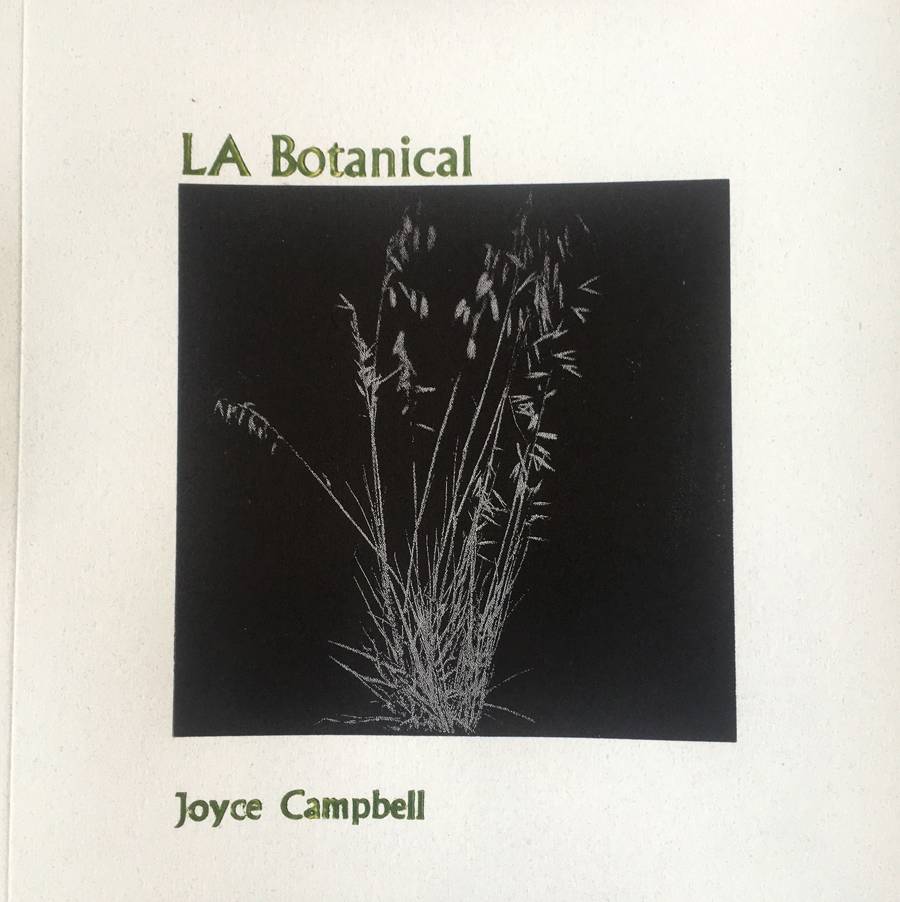

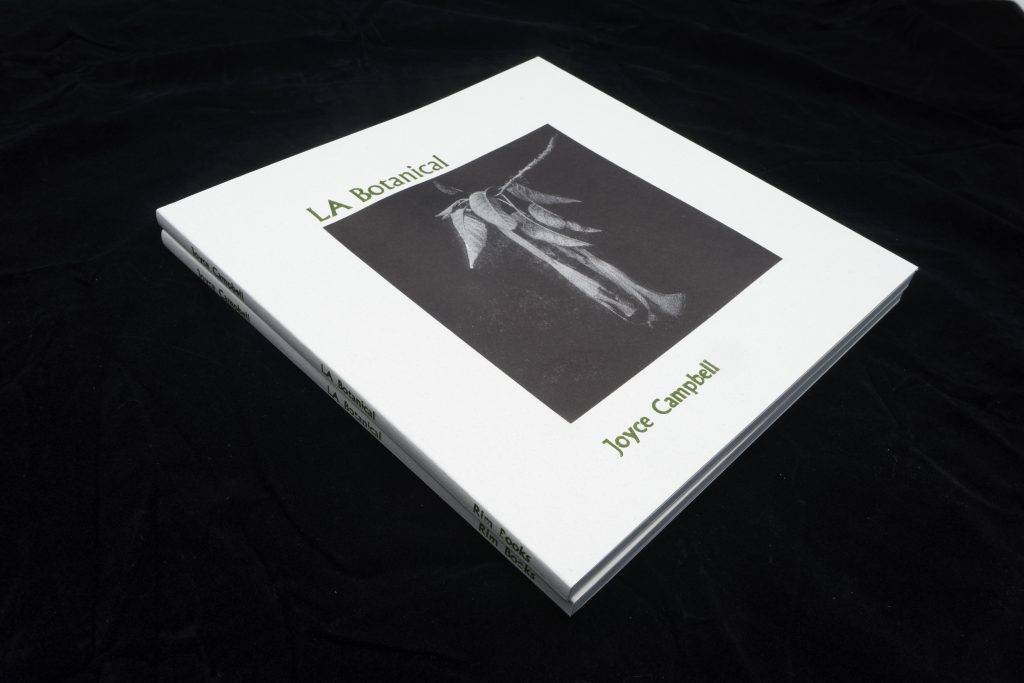
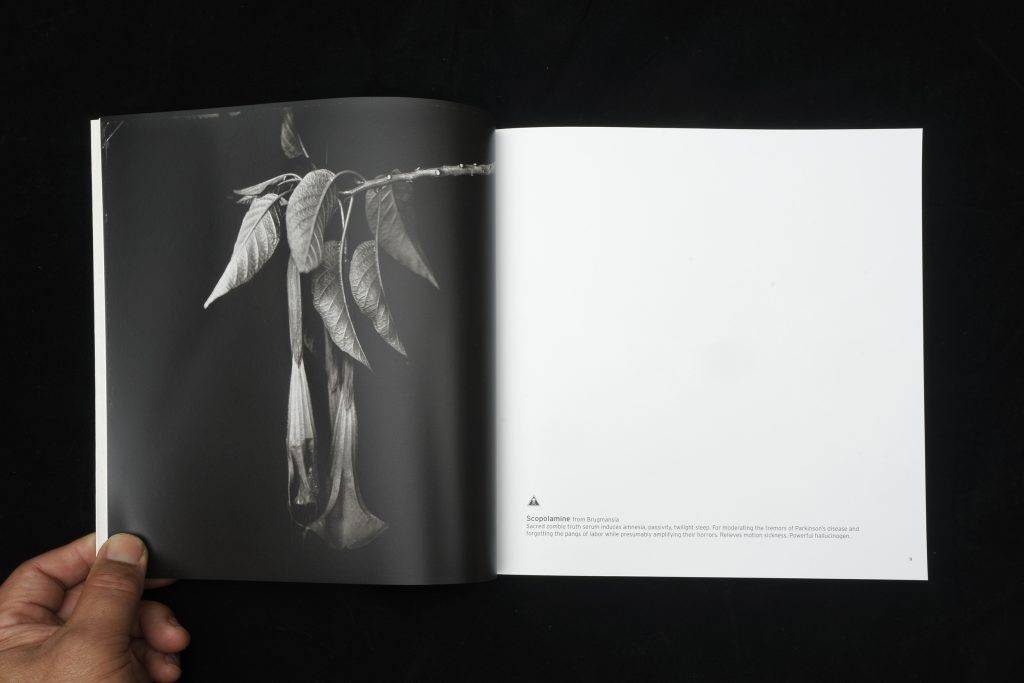
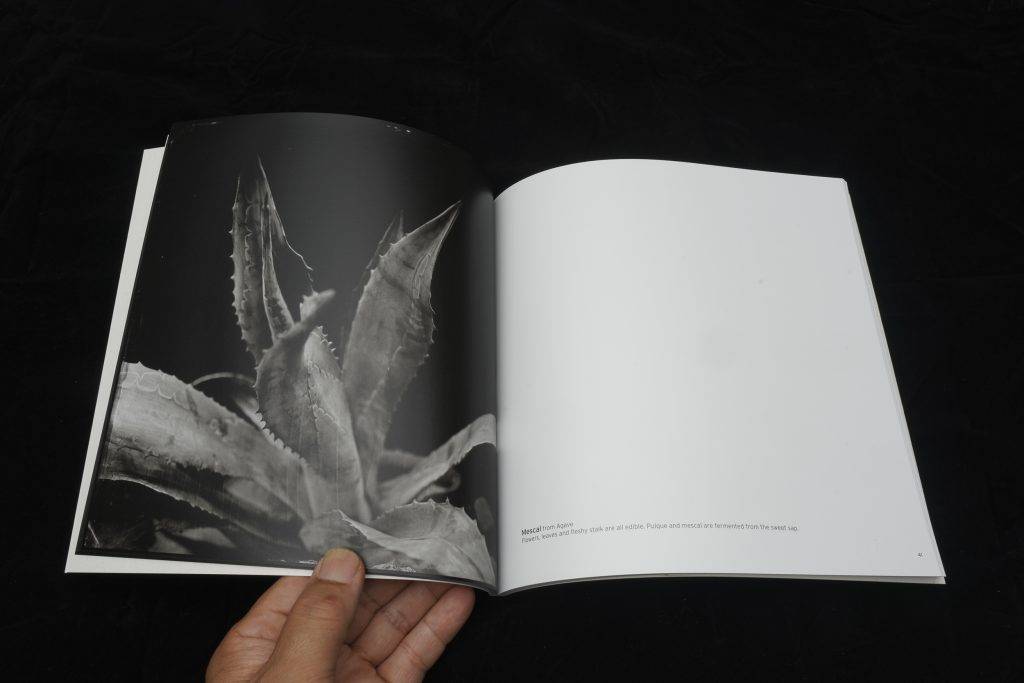
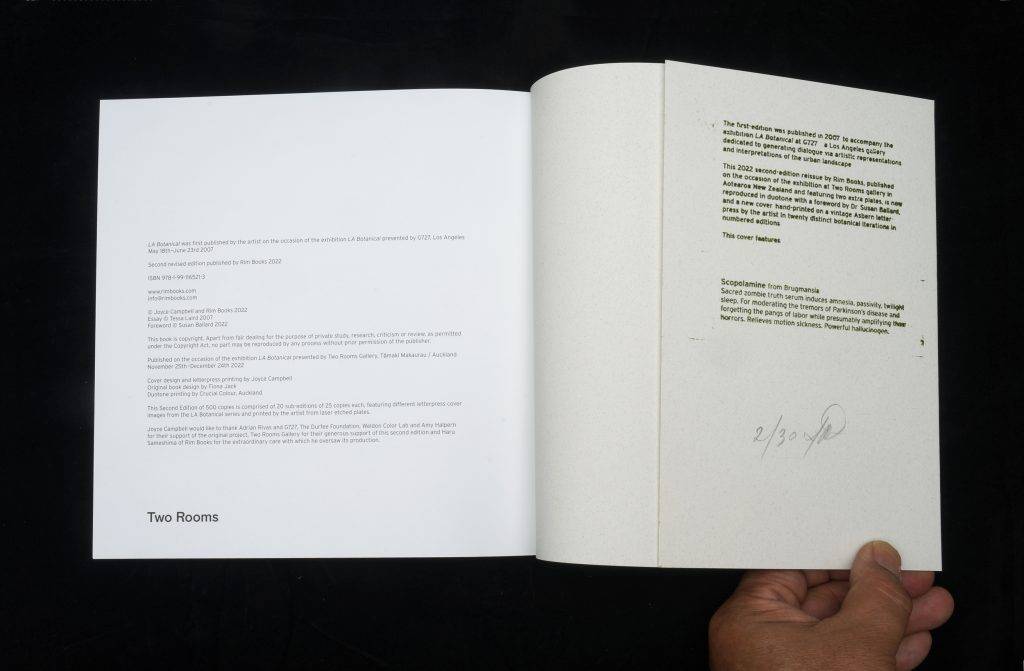
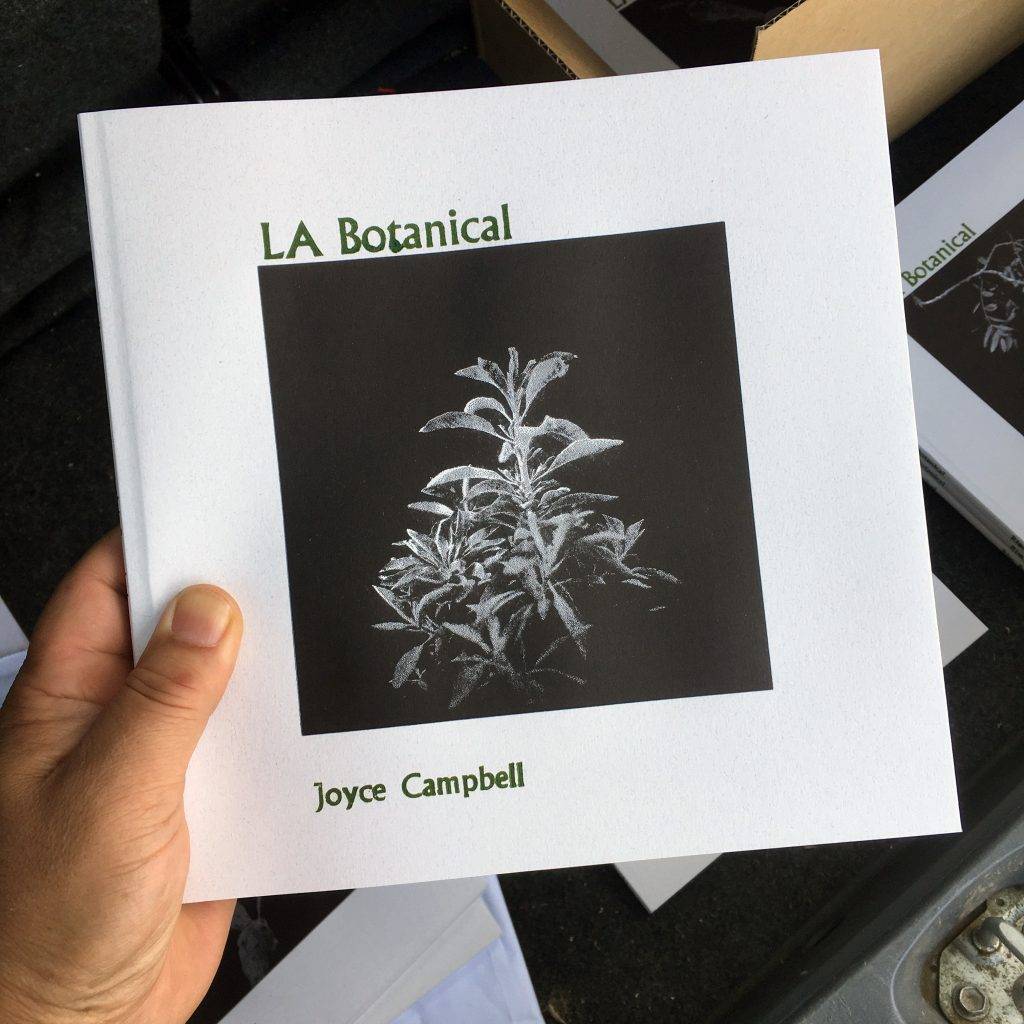


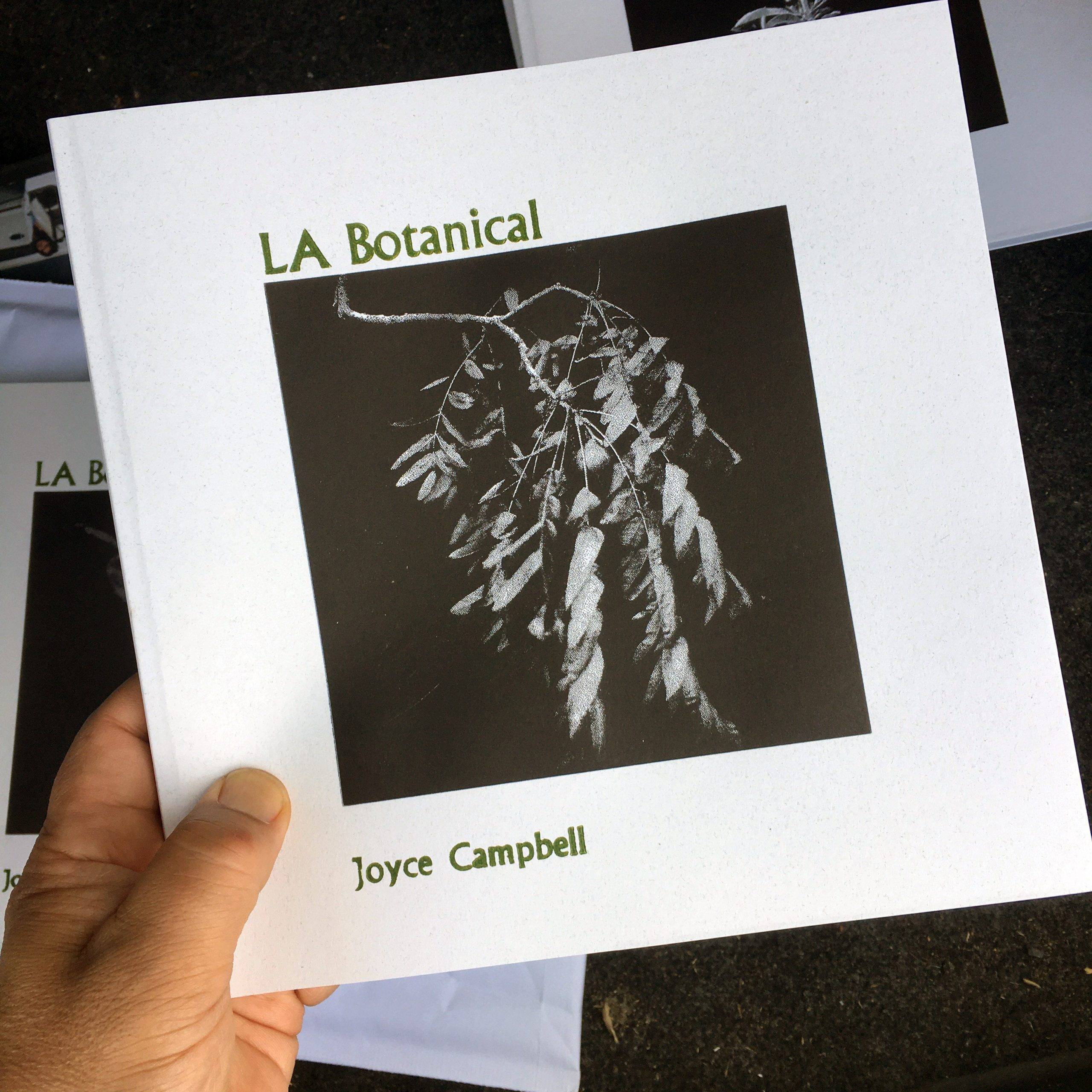
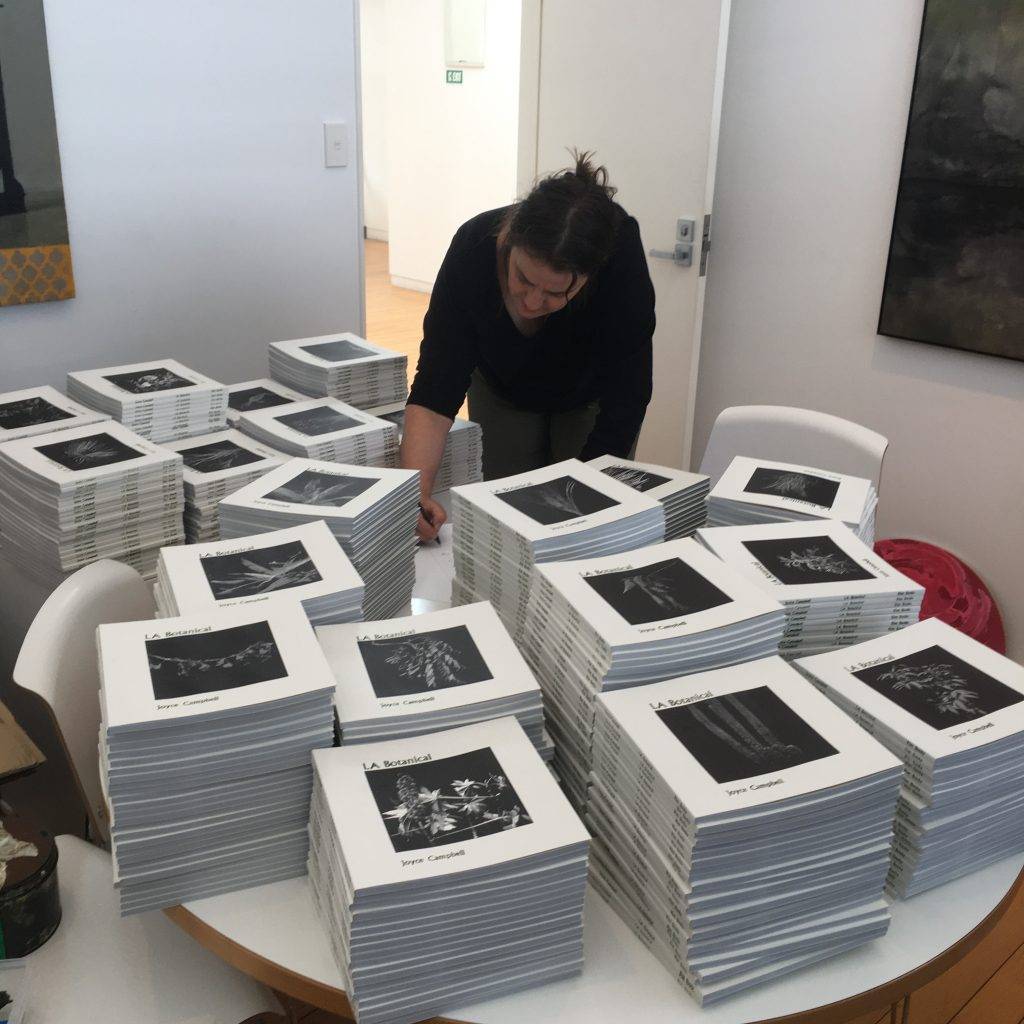
 Presented as an
Presented as an 
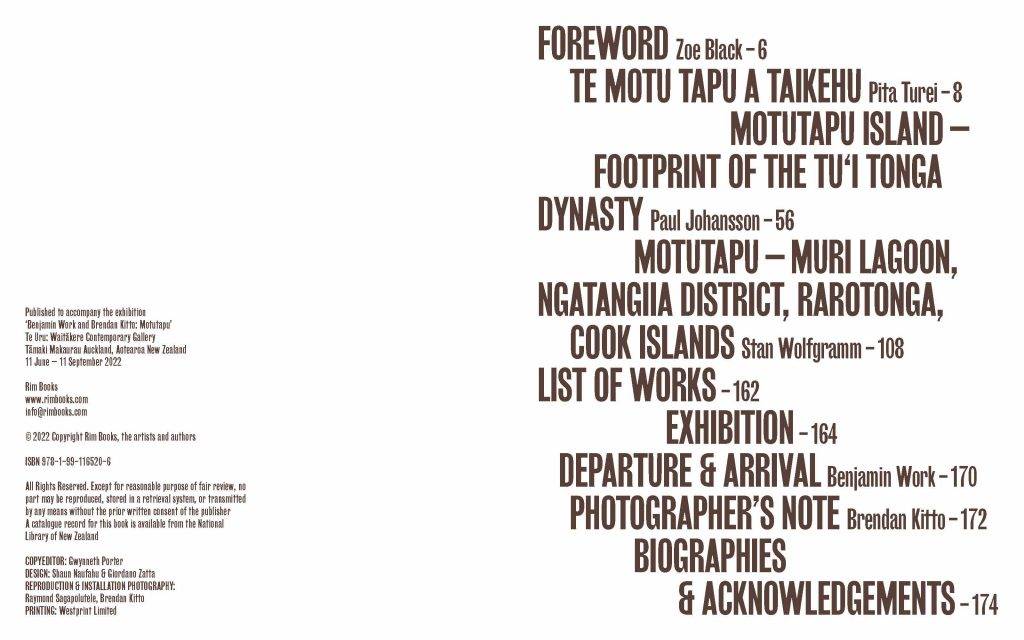
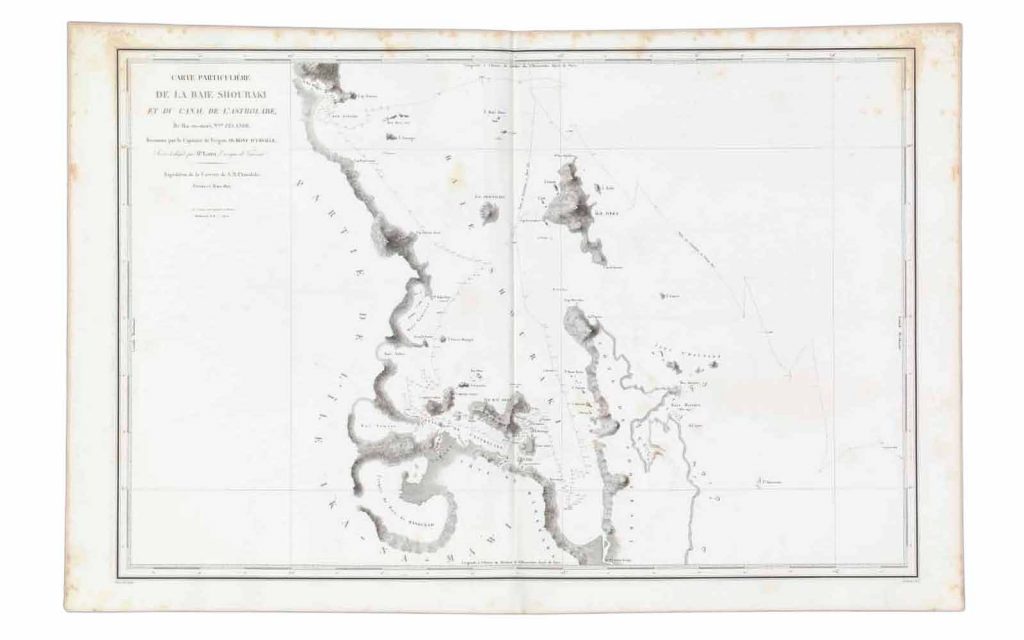
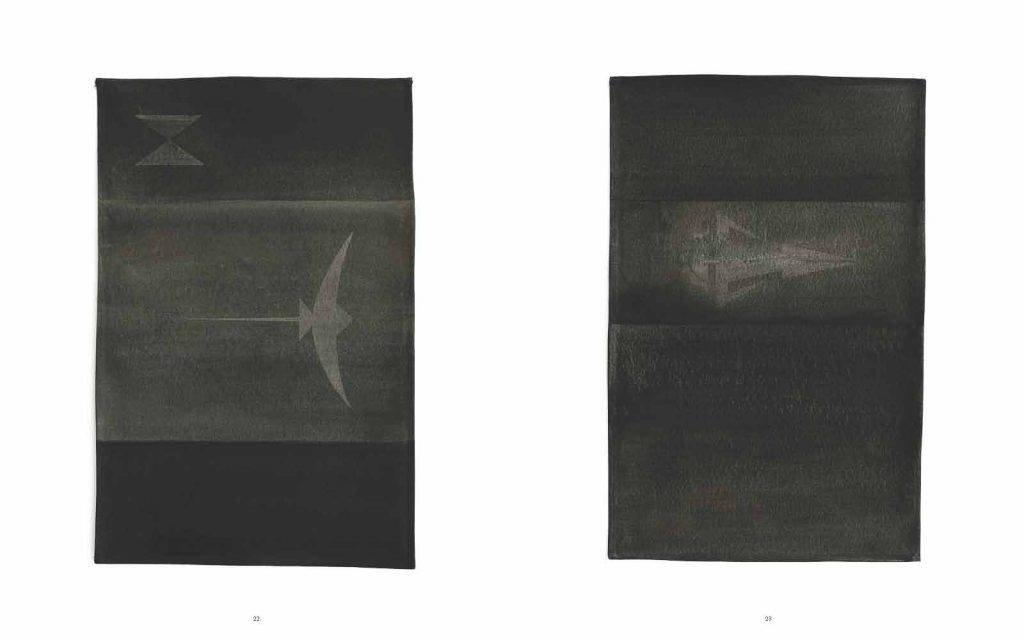
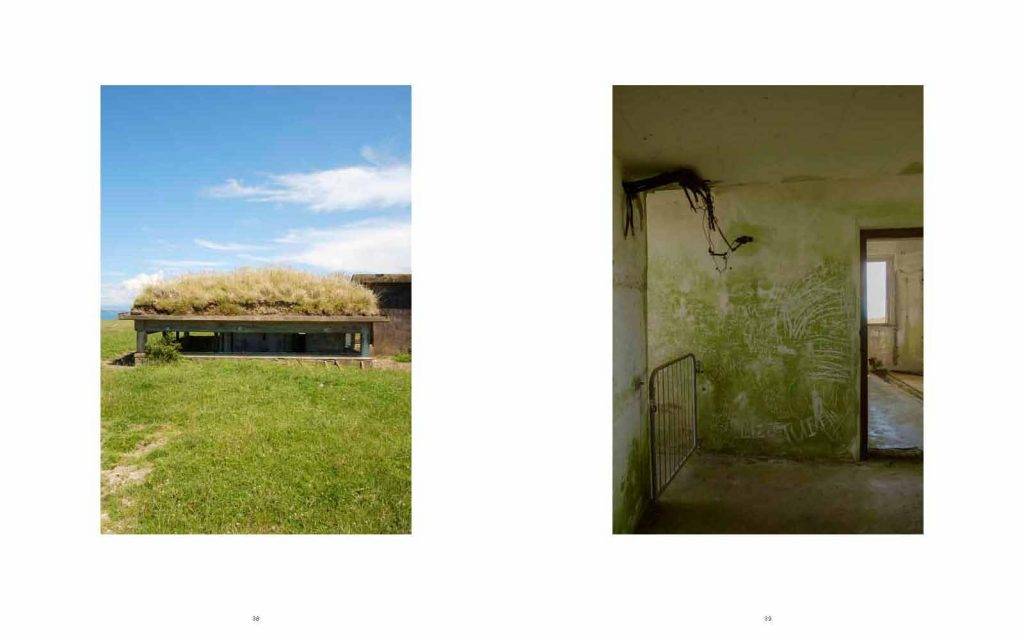
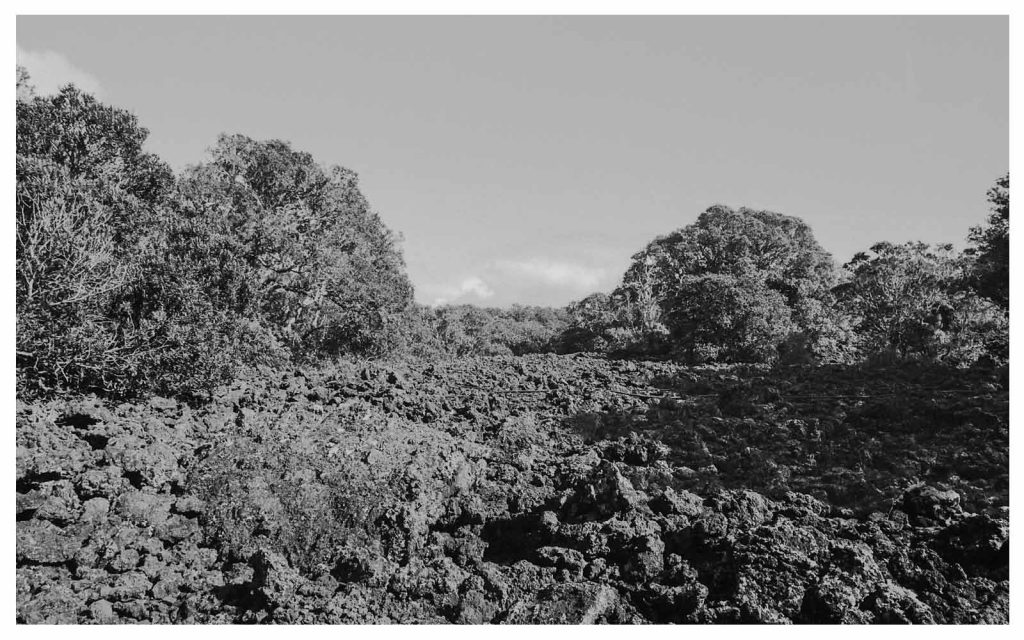
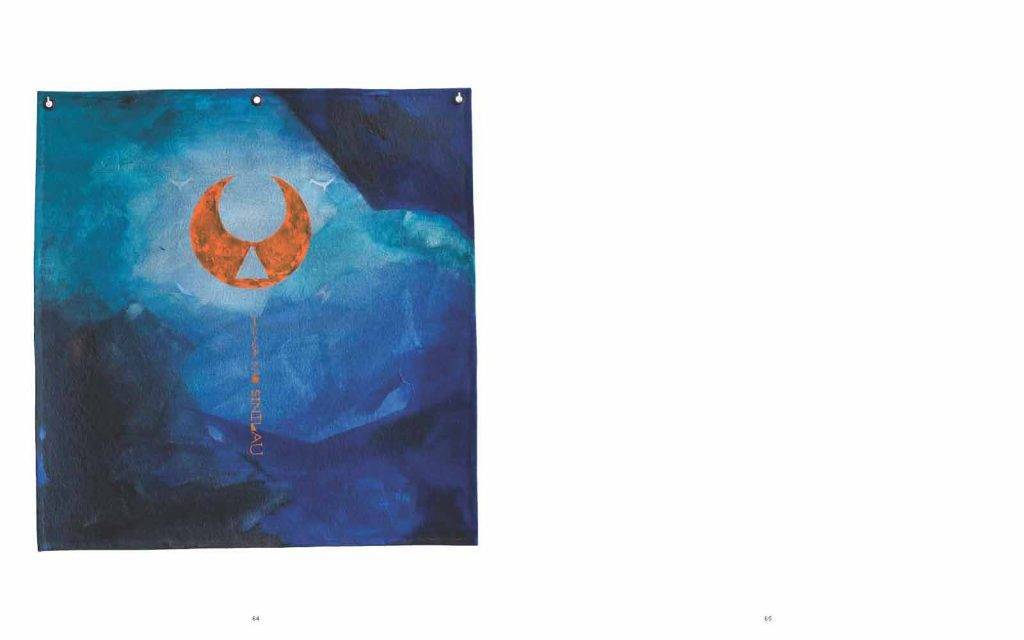
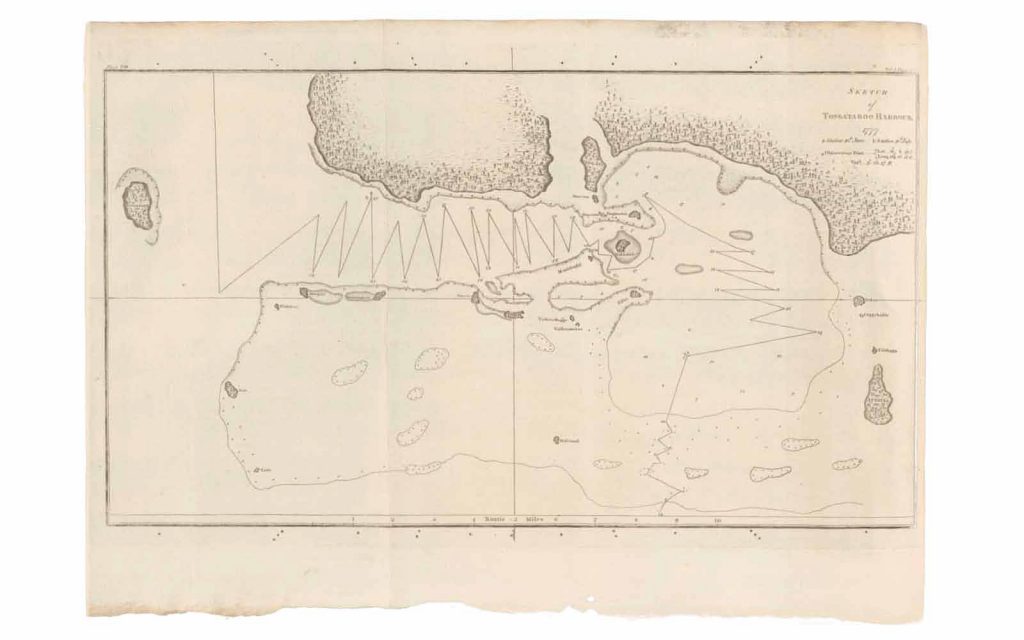
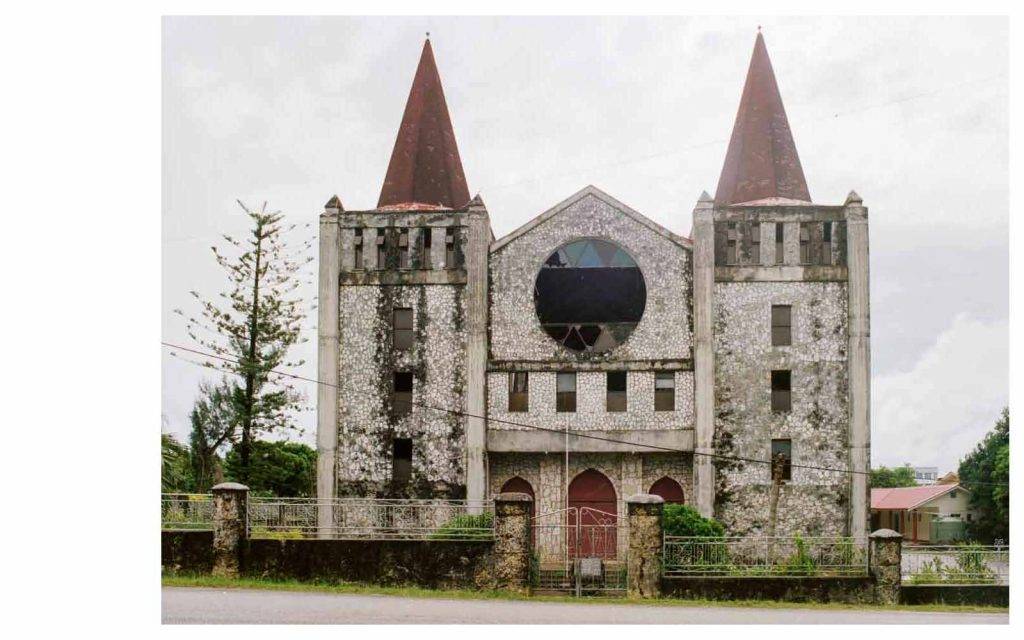
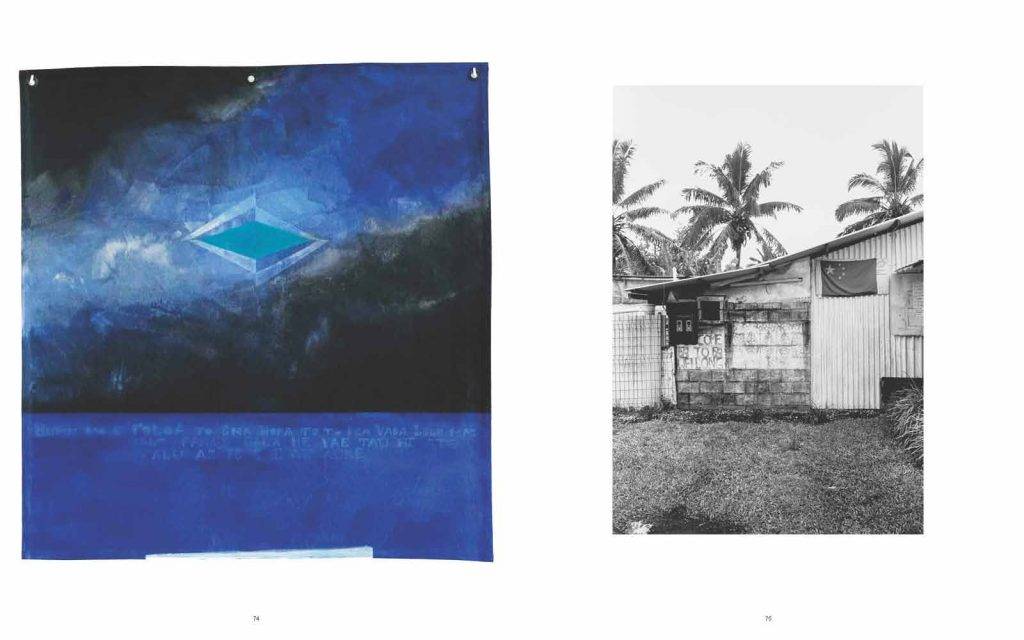
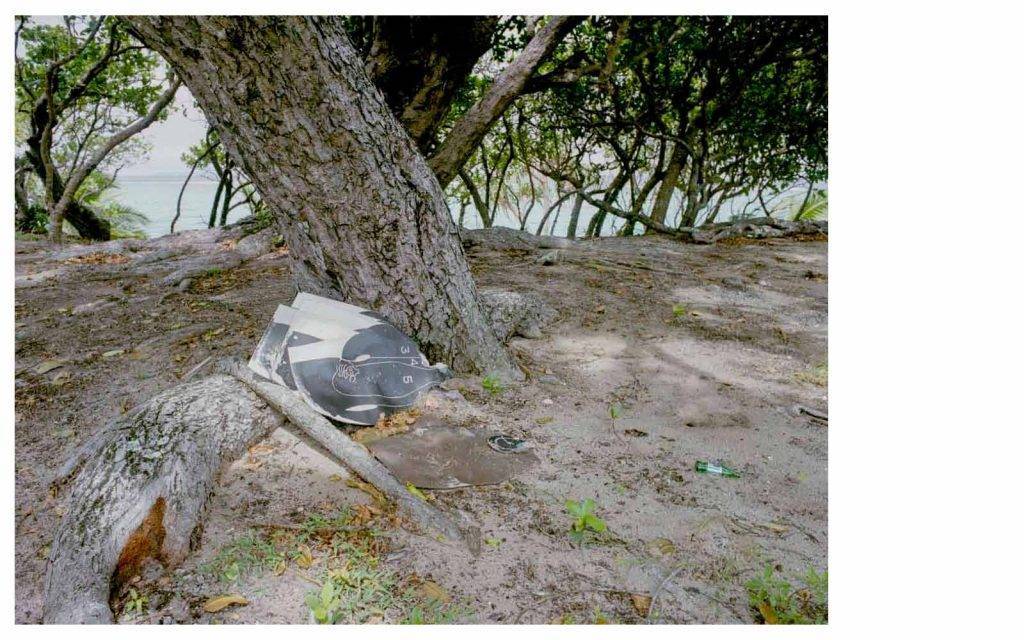
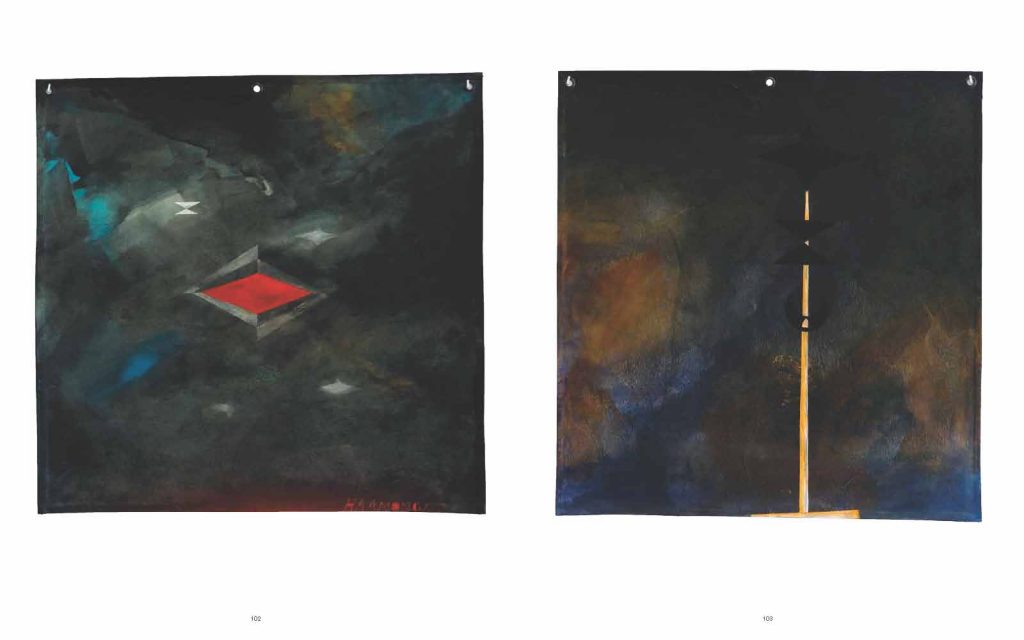
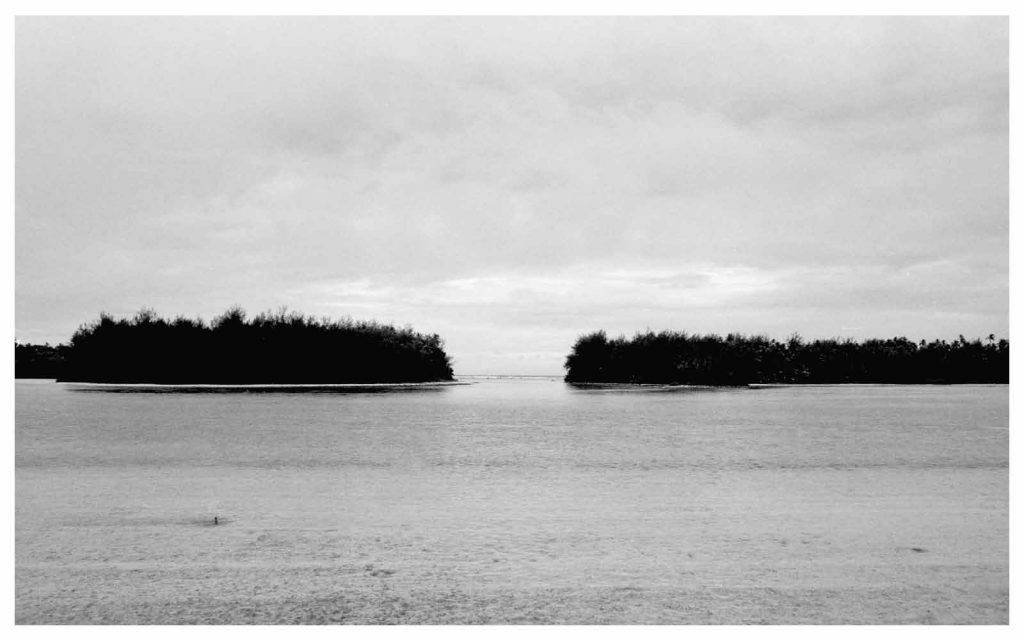
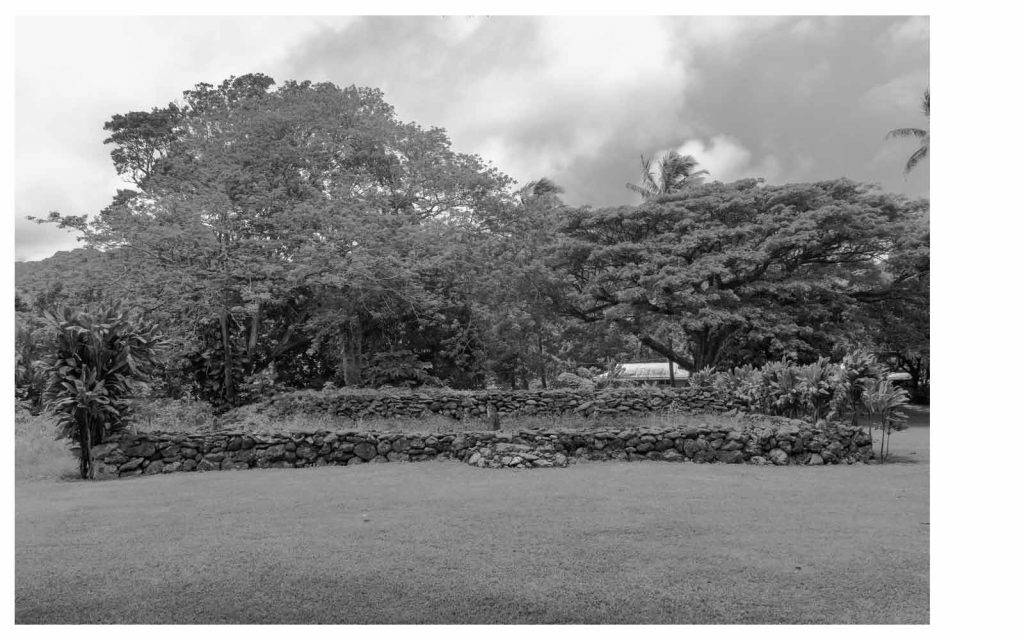
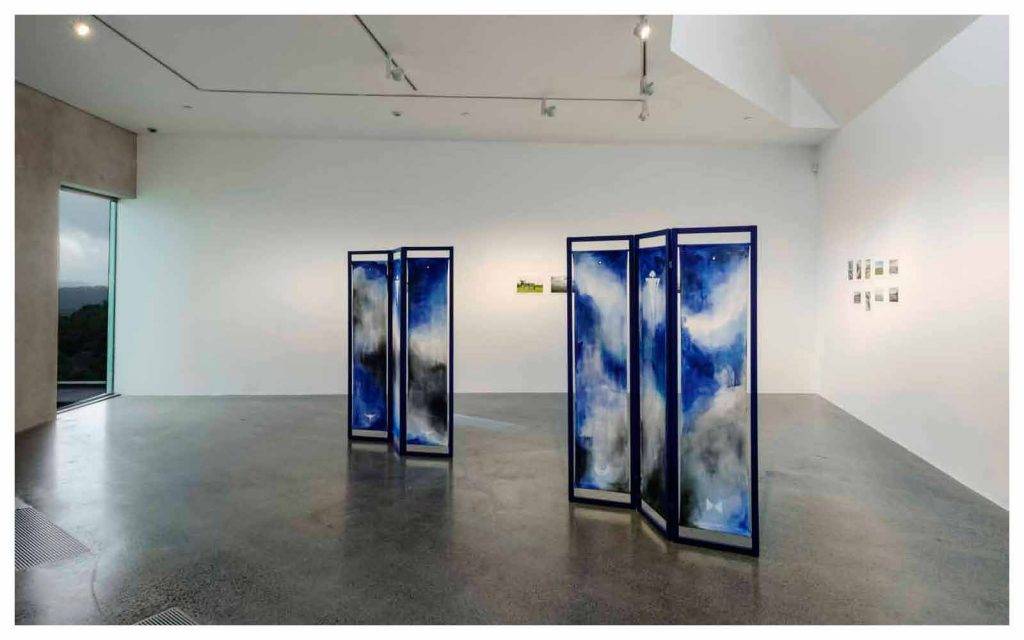
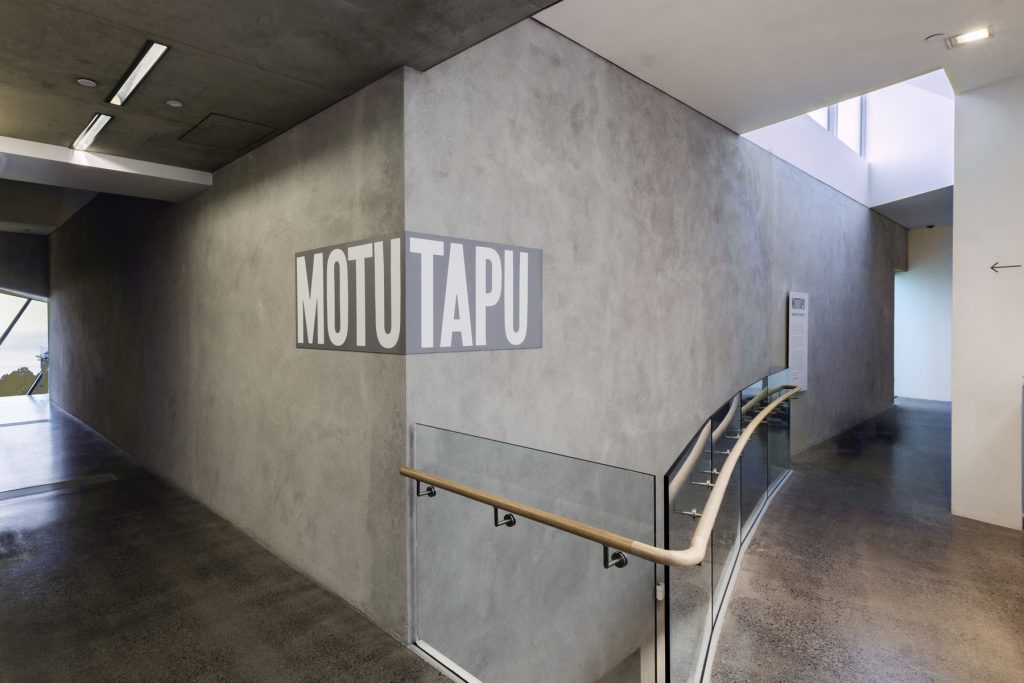
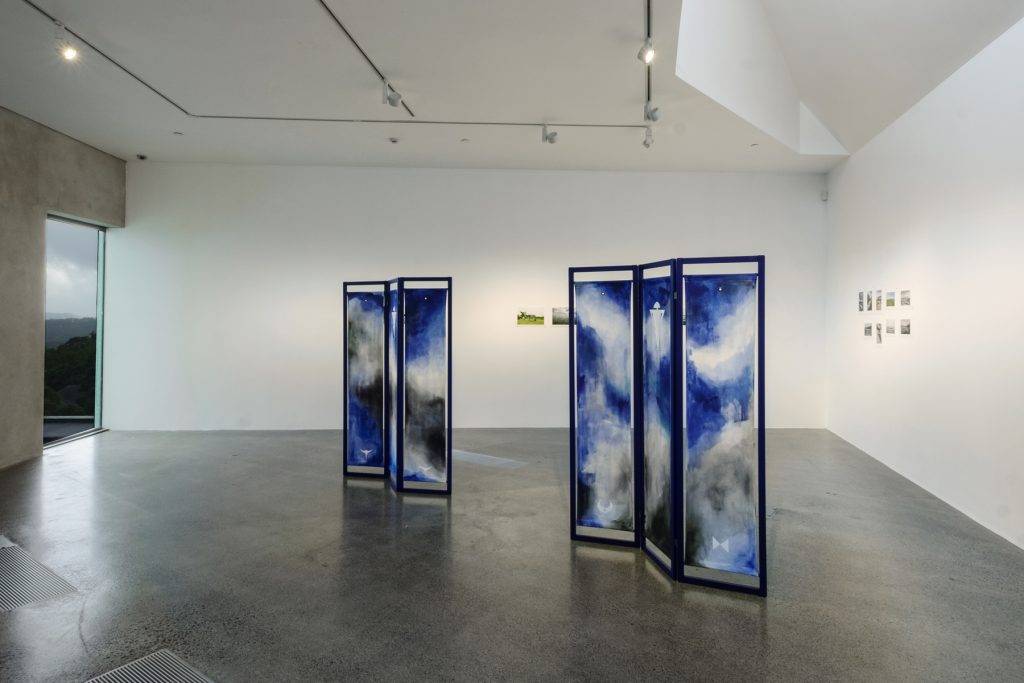
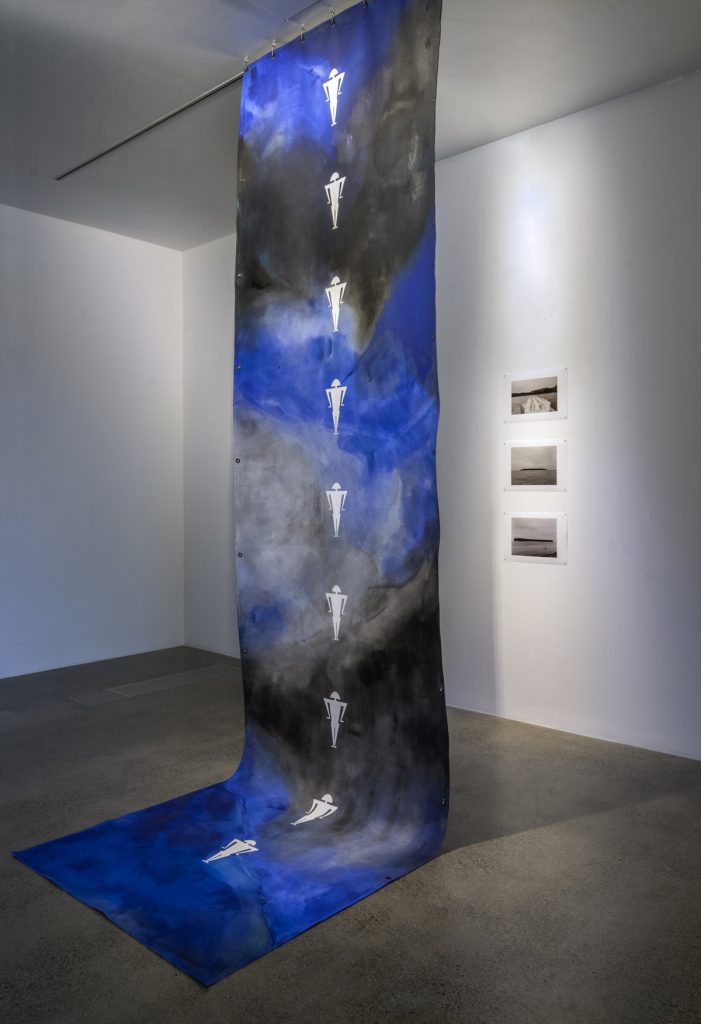
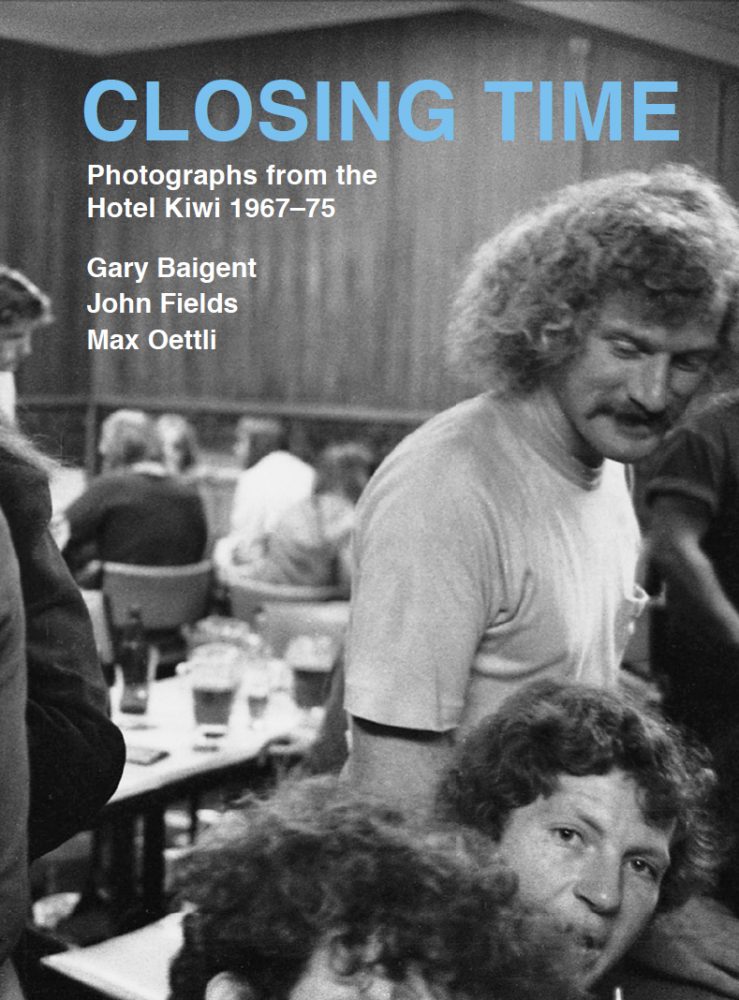
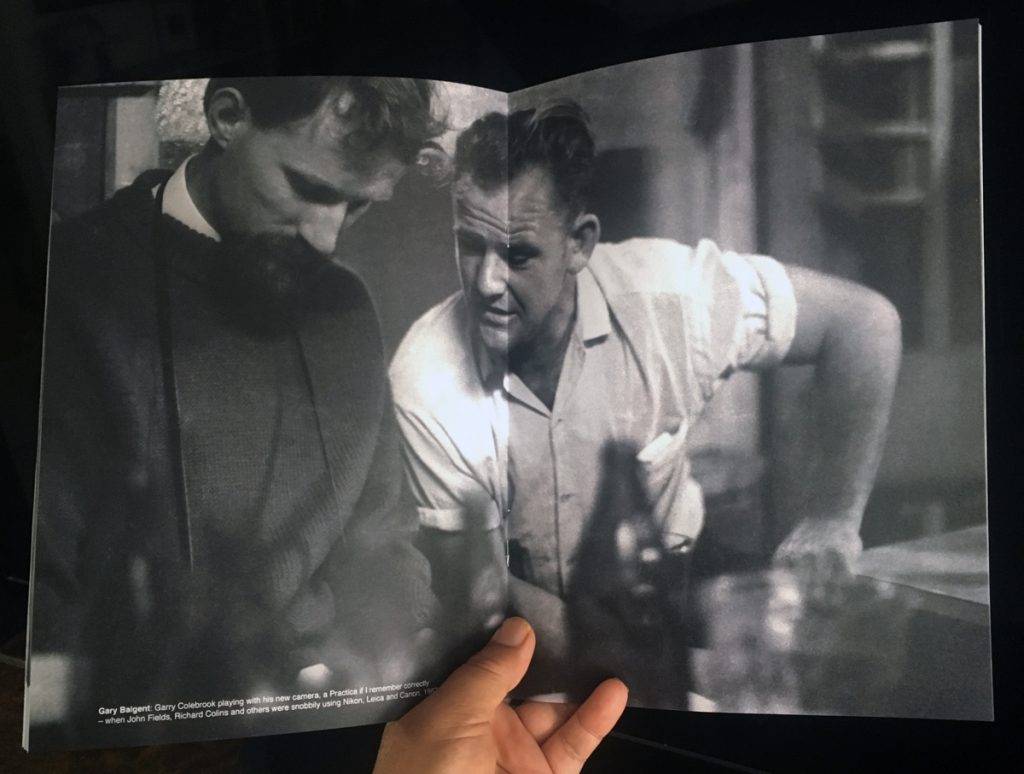
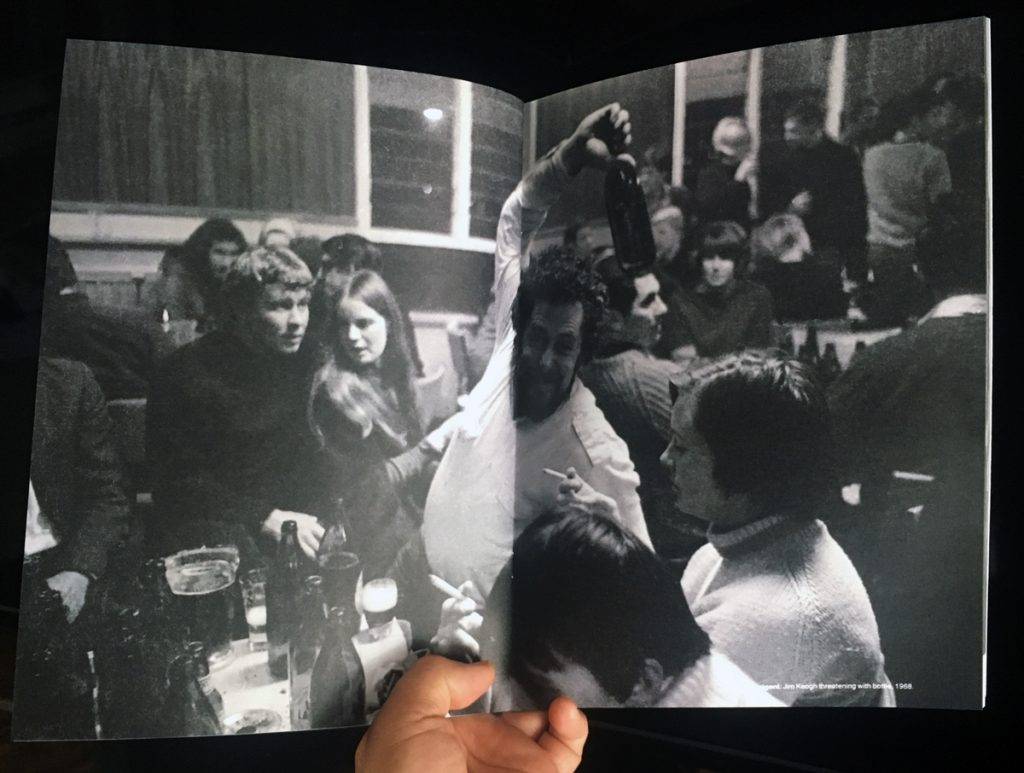
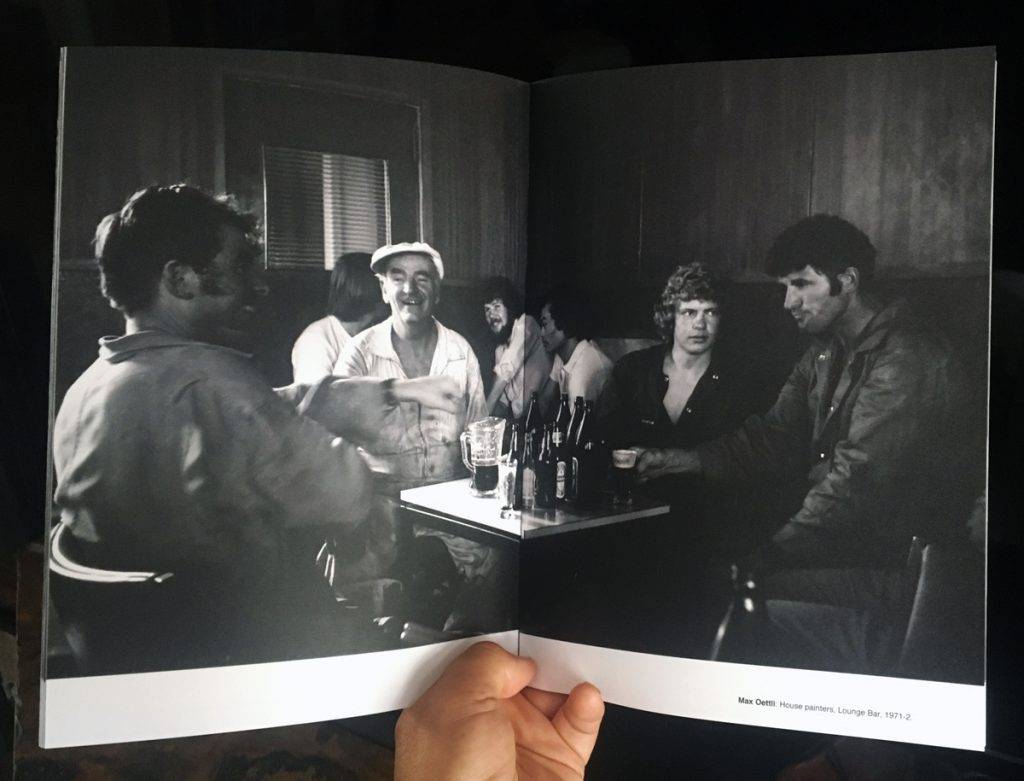
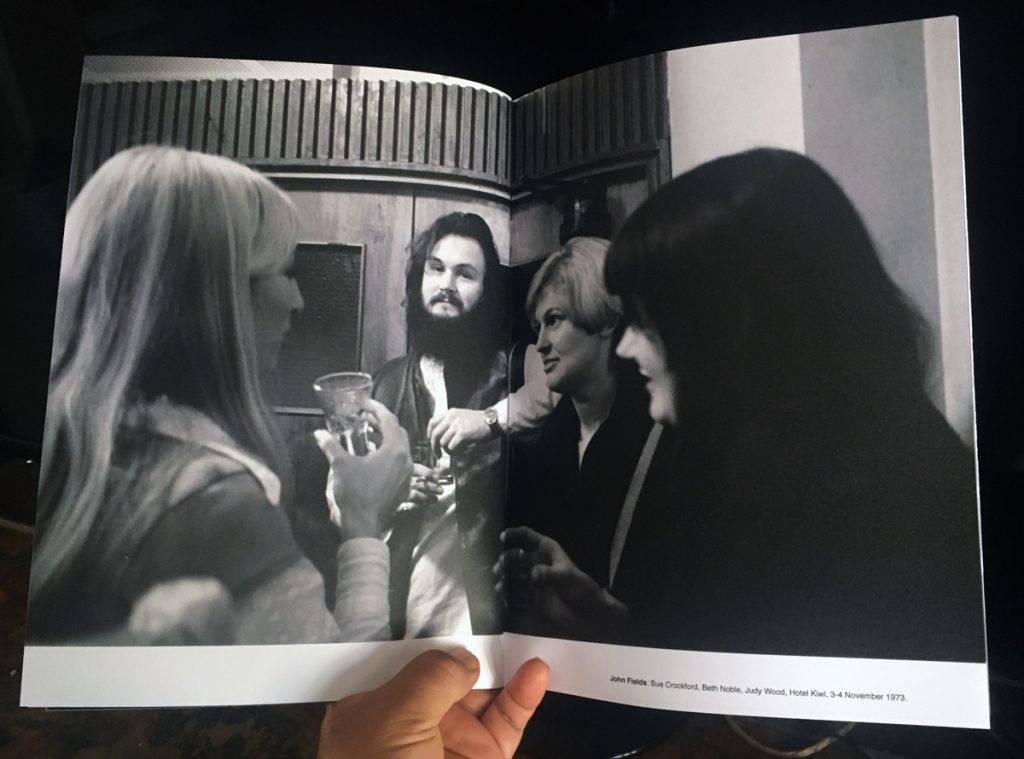
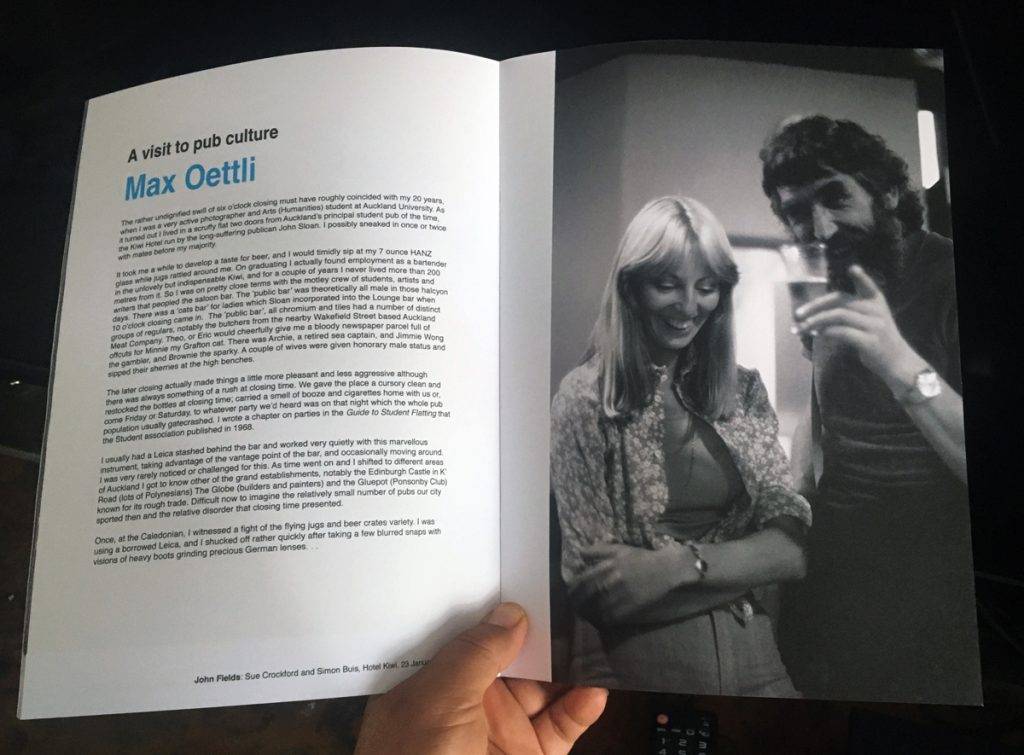
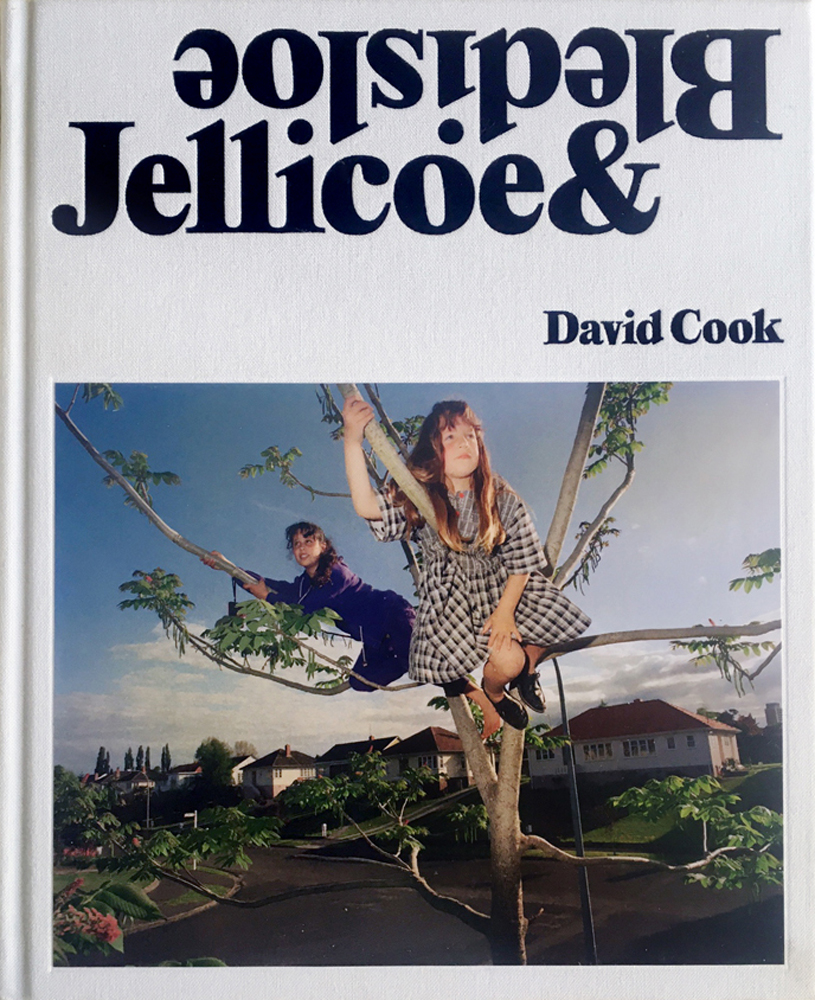 When David Cook moved to Hamilton East, he was drawn to the colourful and creative lives of his neighbours. With camera in hand, he explored everything from front-yard mechanics to Sunday roasts, creating an intimate documentary of a State Housing suburb in the 1990s, moments before gentrification set in. In this energetic photobook, we look back twenty-five years to see burgeoning issues of relevance today: housing, bi-cultural relations, social welfare, and freshwater quality, all brought to us through the lens of daily life.
When David Cook moved to Hamilton East, he was drawn to the colourful and creative lives of his neighbours. With camera in hand, he explored everything from front-yard mechanics to Sunday roasts, creating an intimate documentary of a State Housing suburb in the 1990s, moments before gentrification set in. In this energetic photobook, we look back twenty-five years to see burgeoning issues of relevance today: housing, bi-cultural relations, social welfare, and freshwater quality, all brought to us through the lens of daily life.